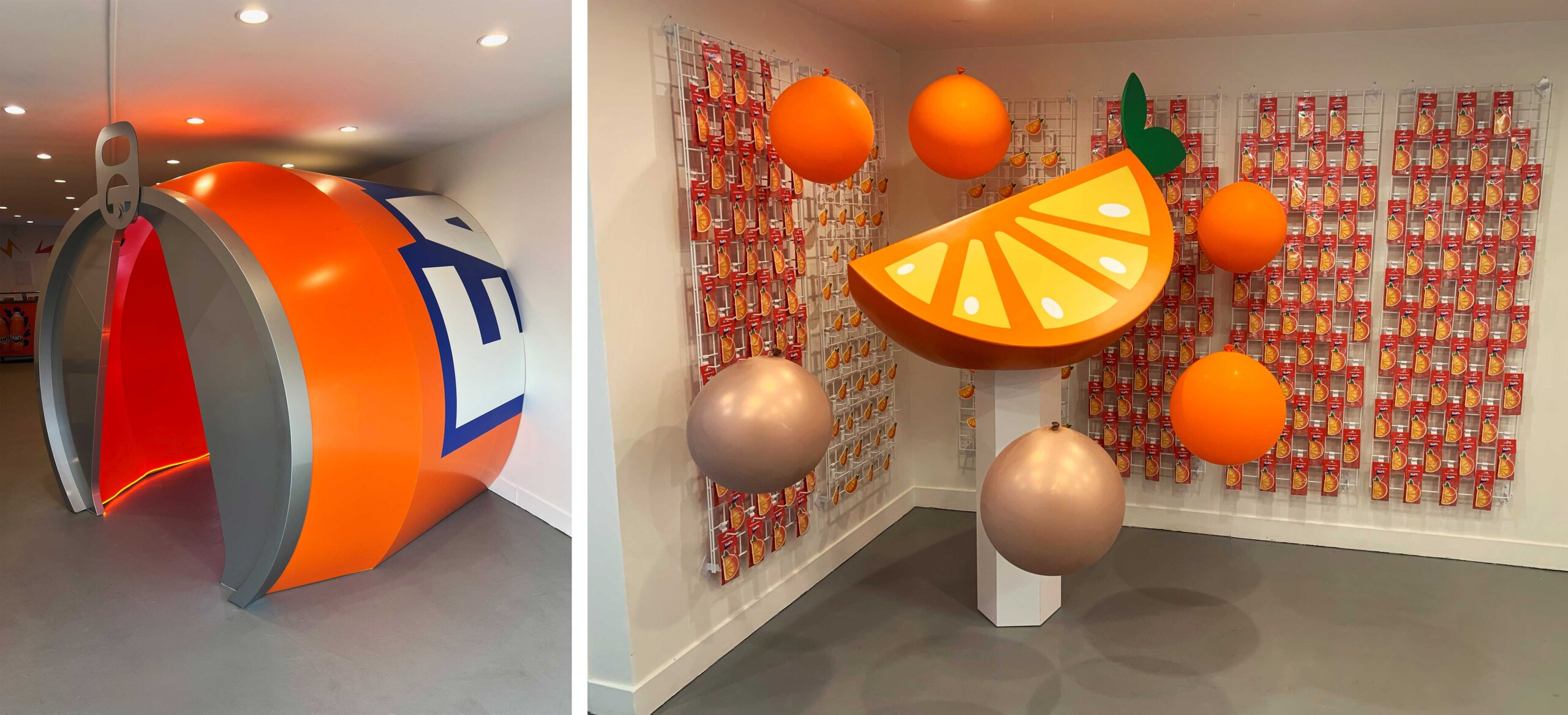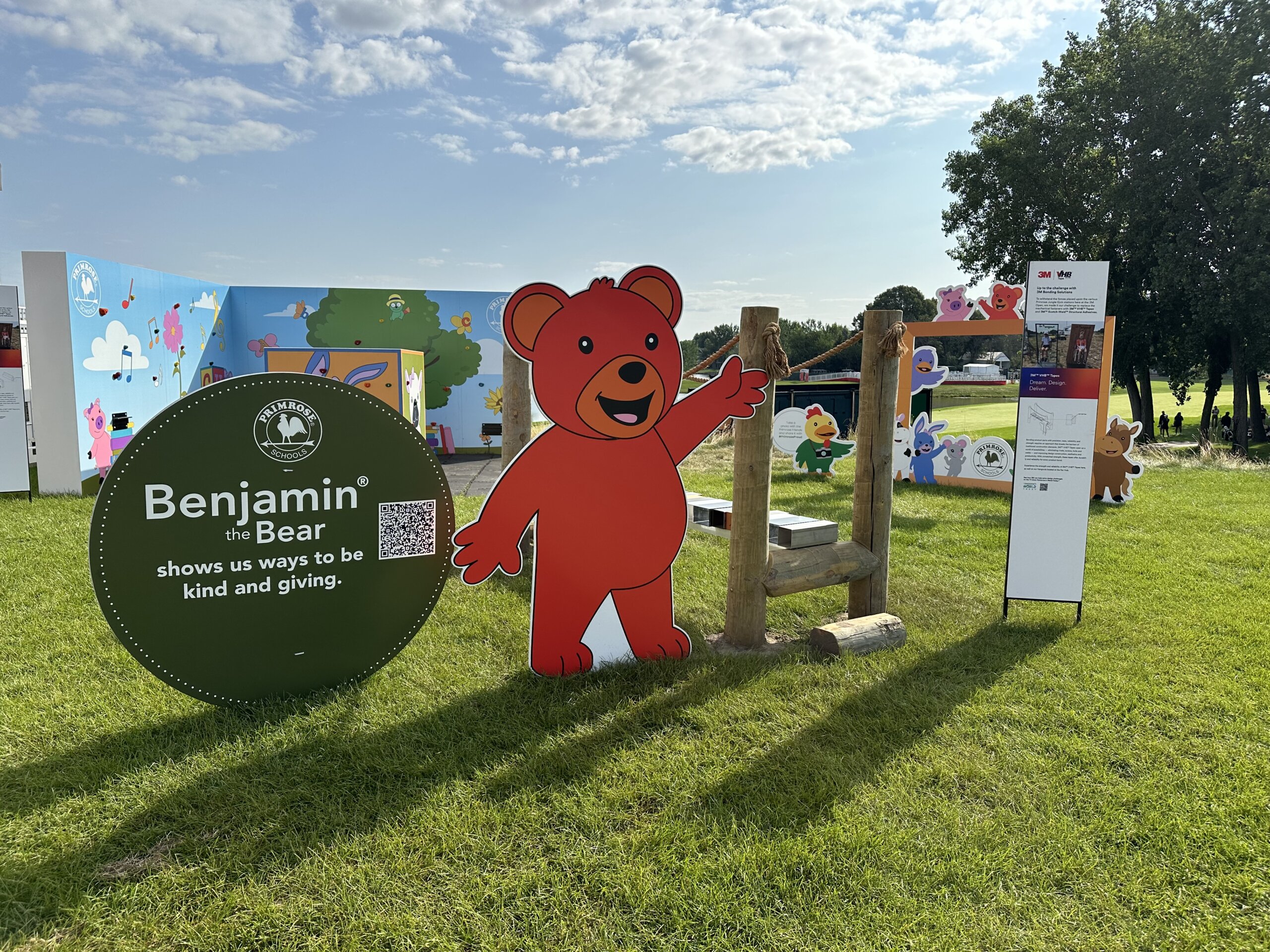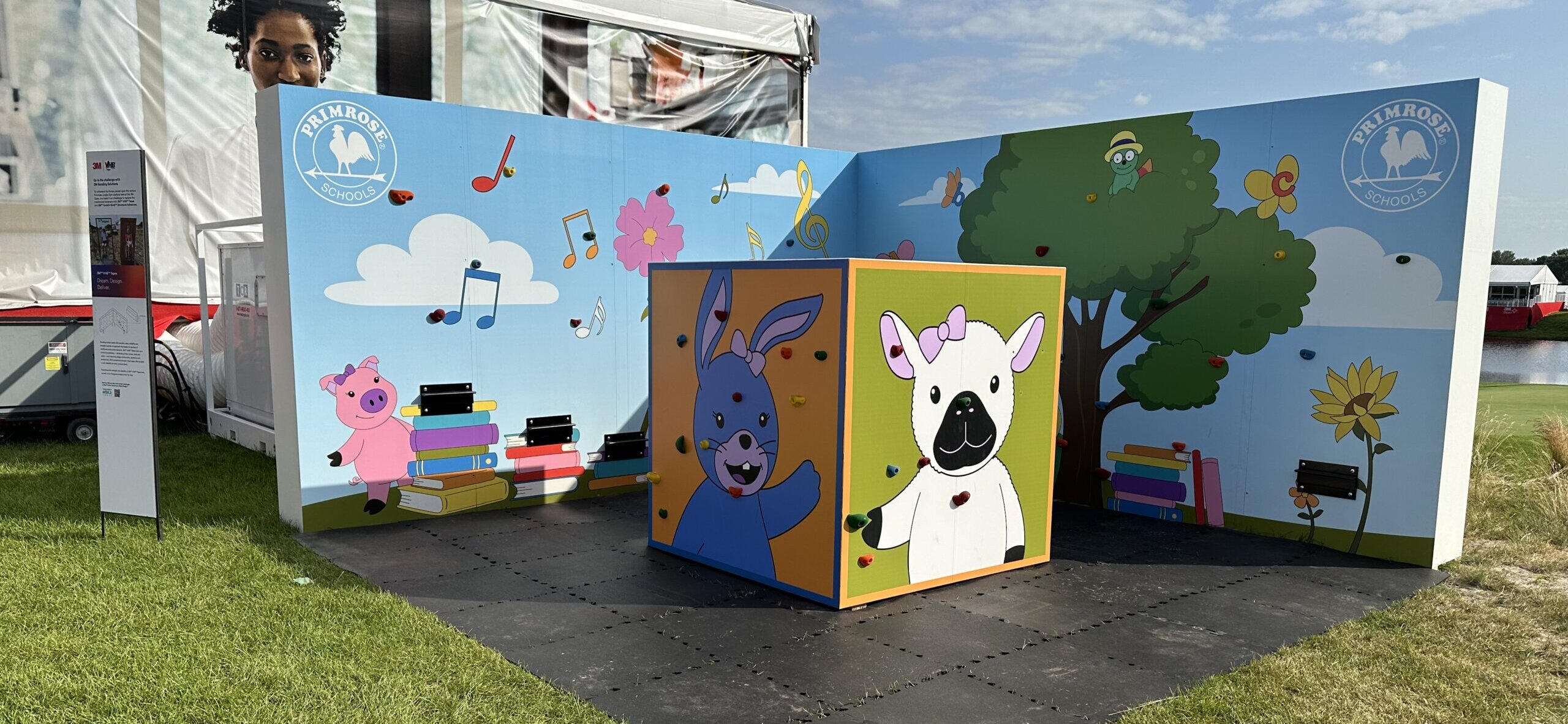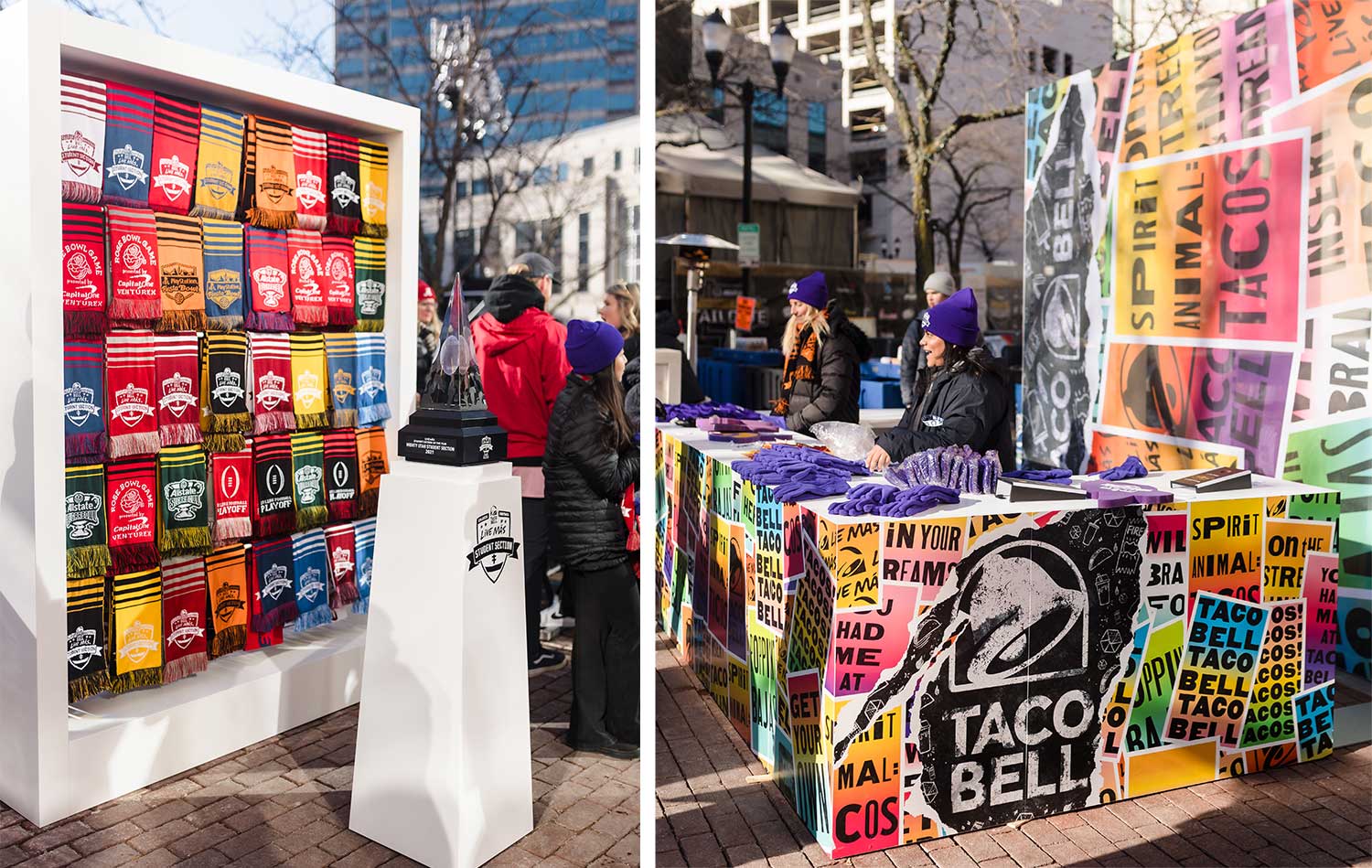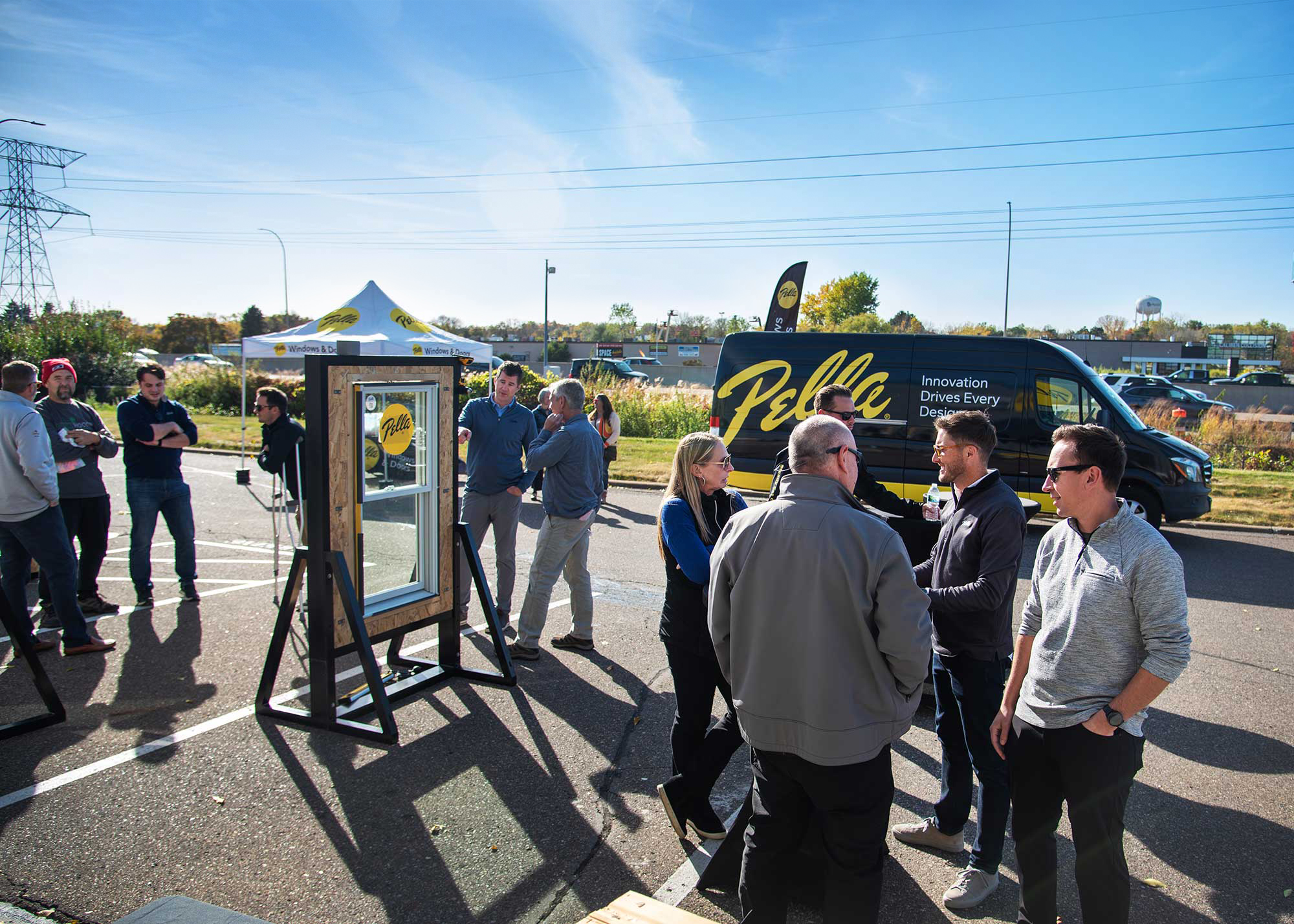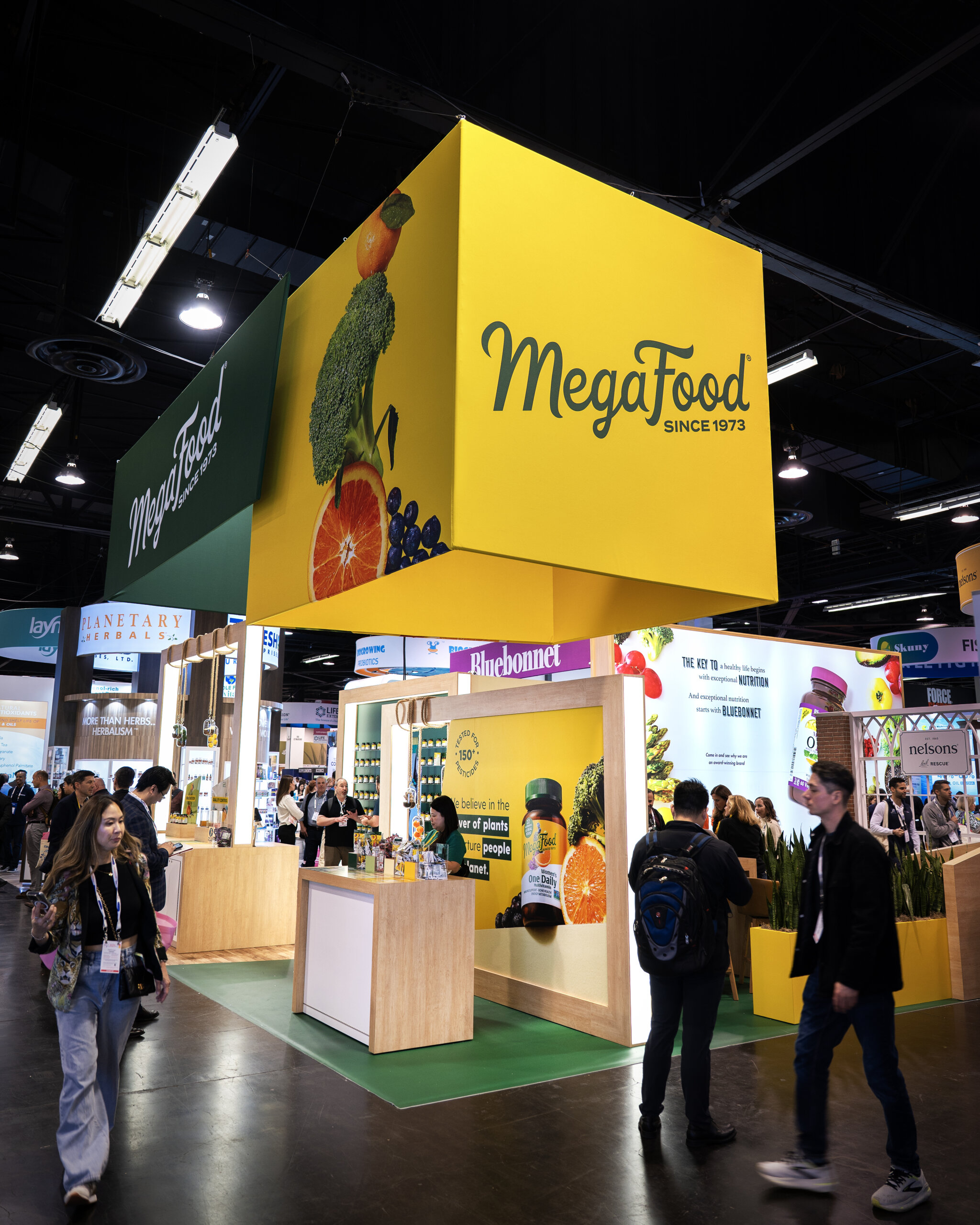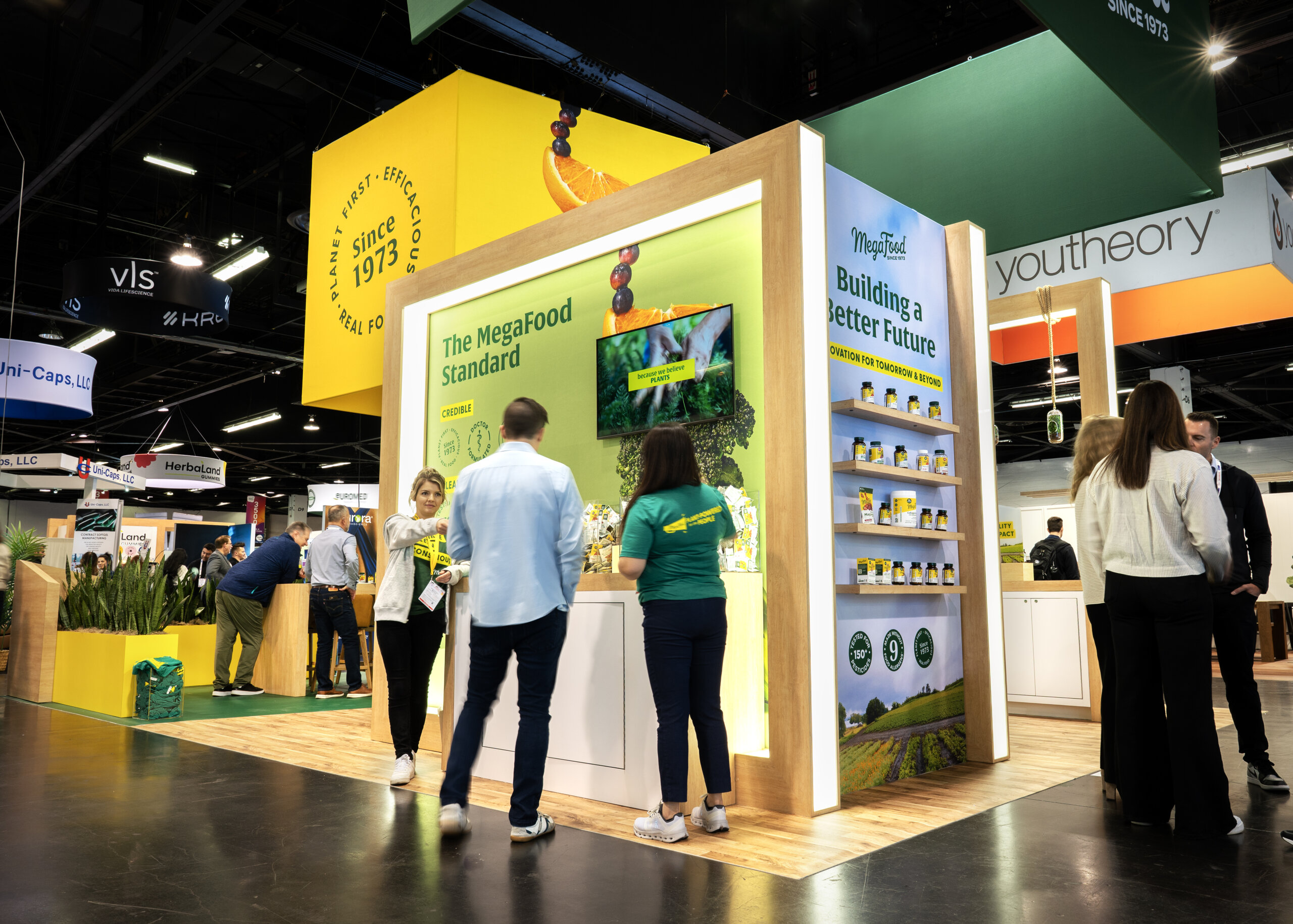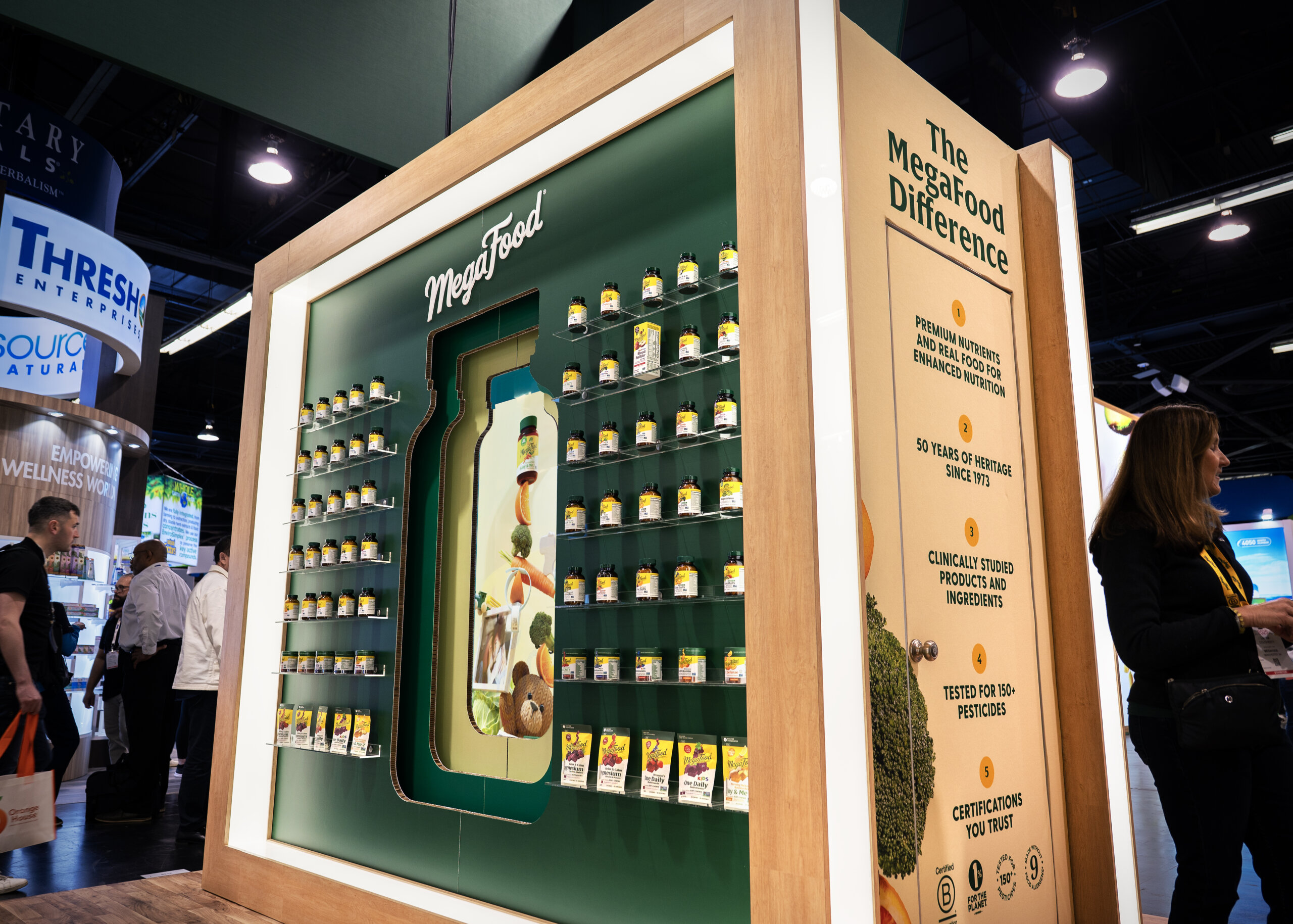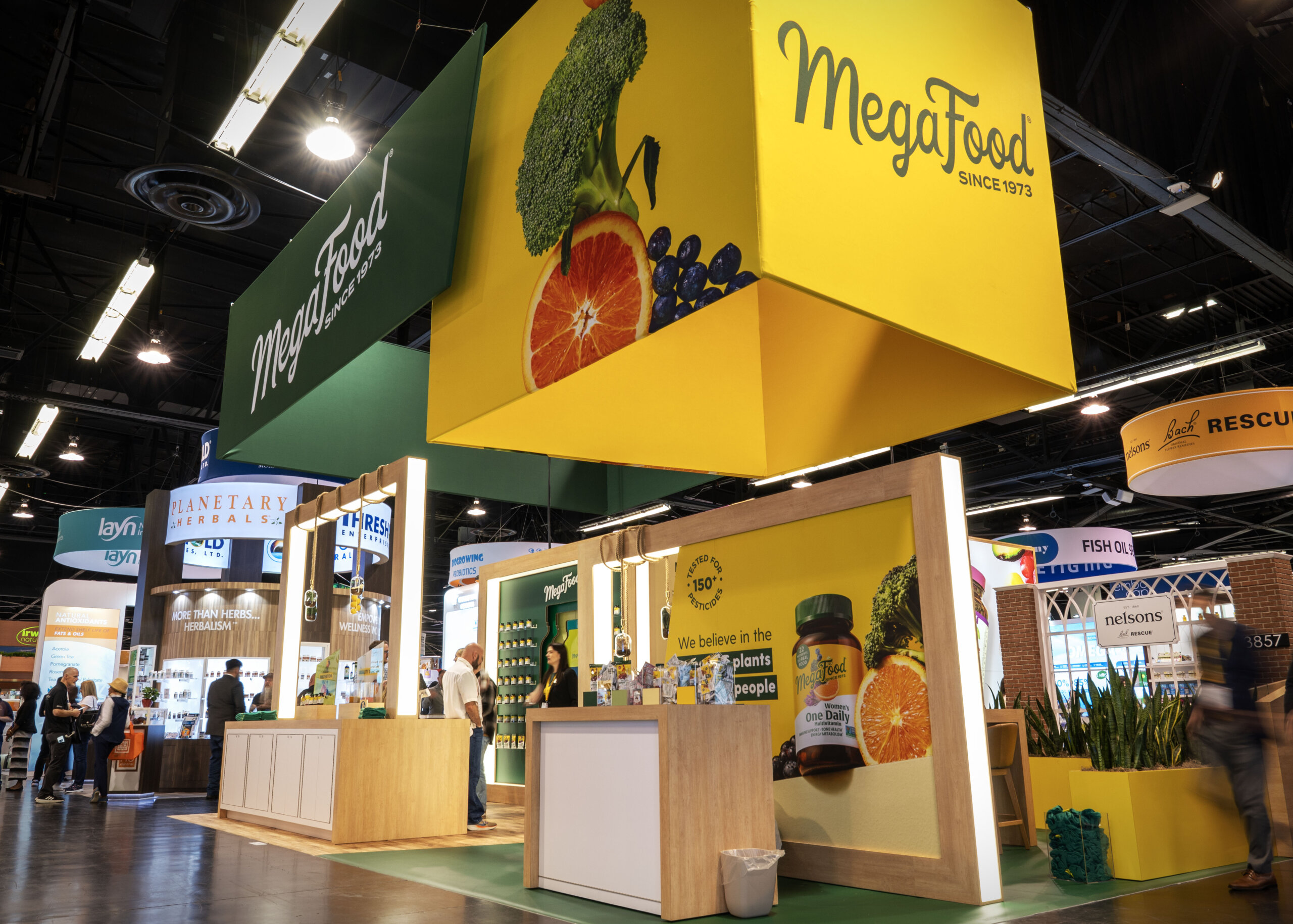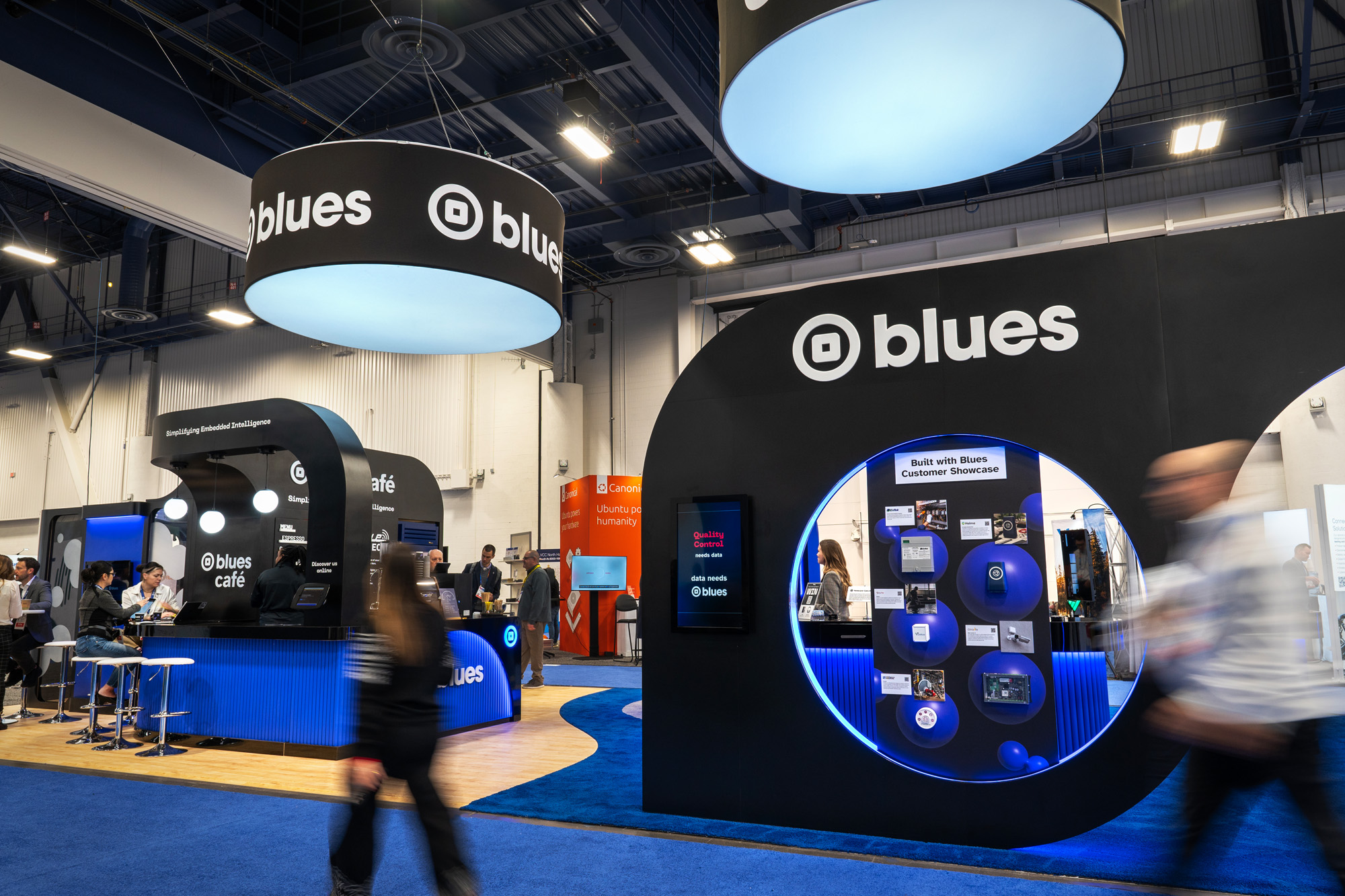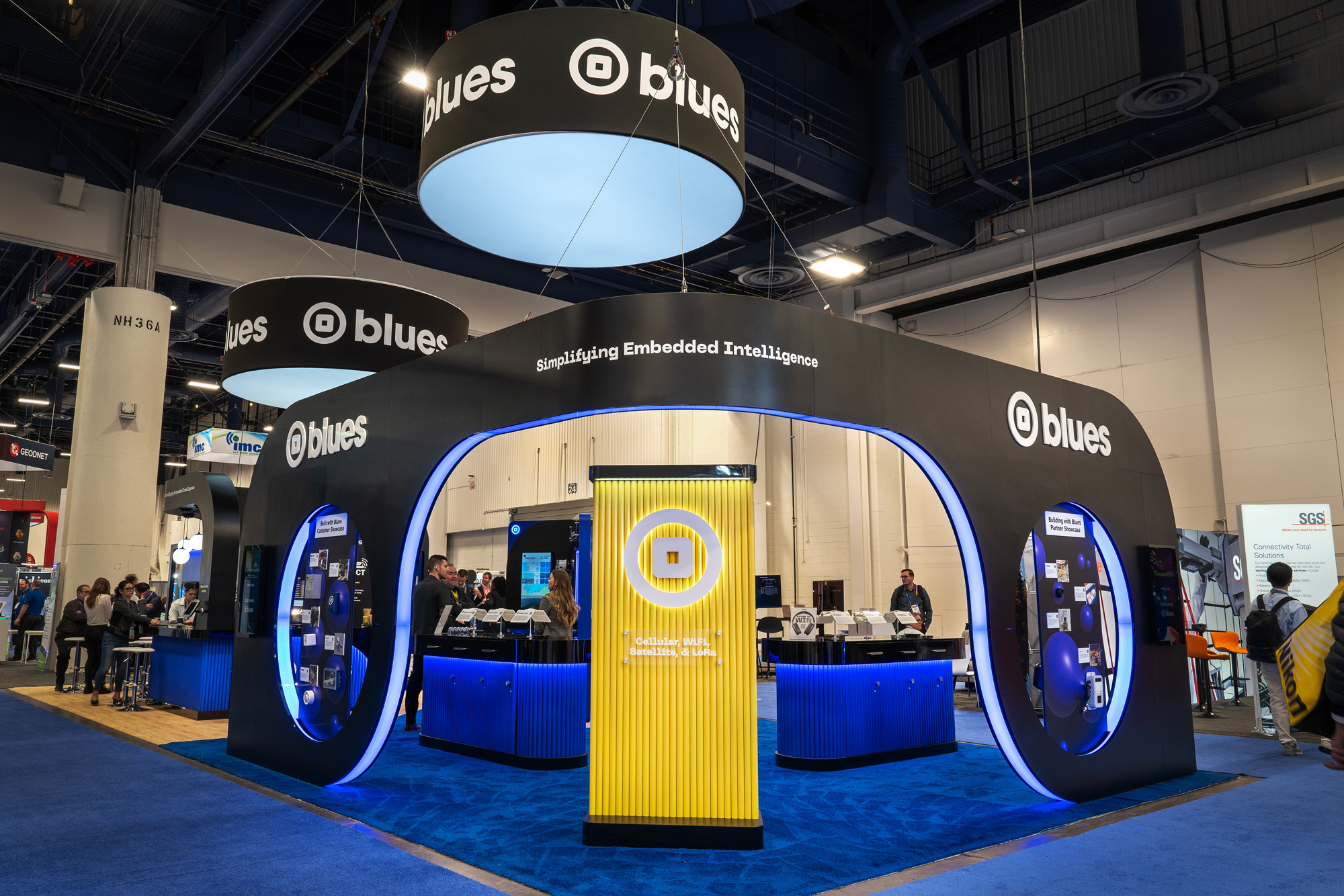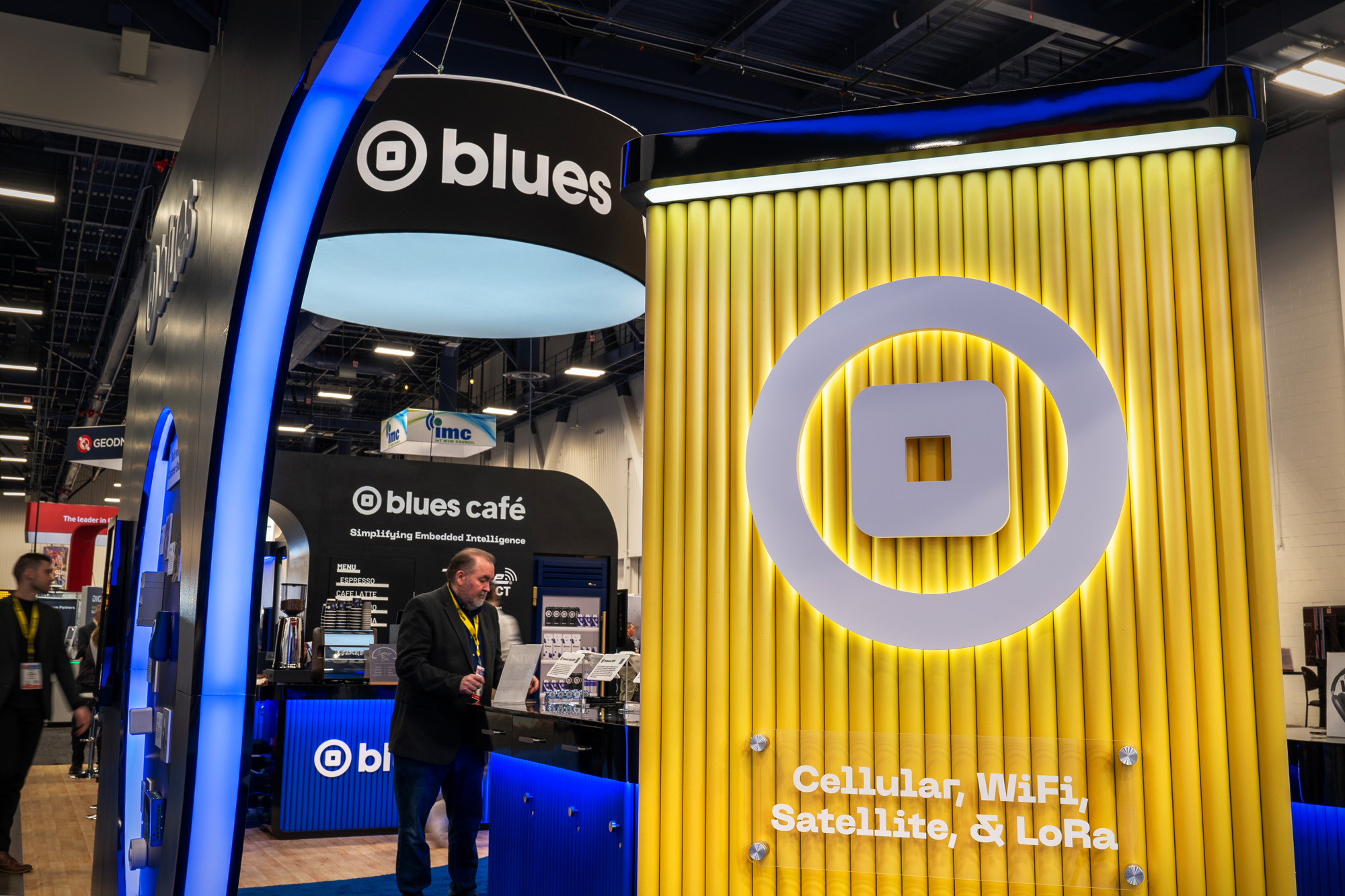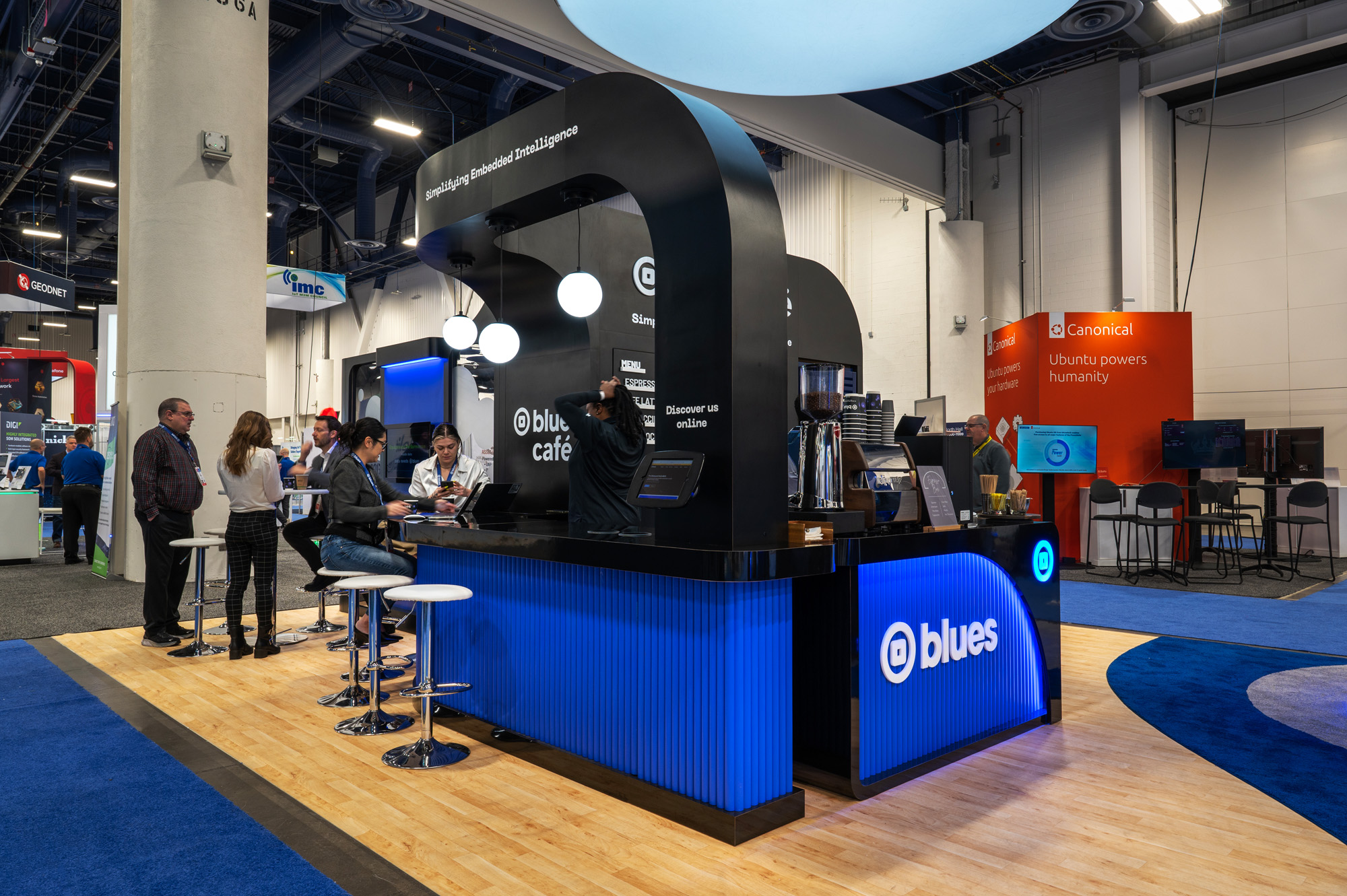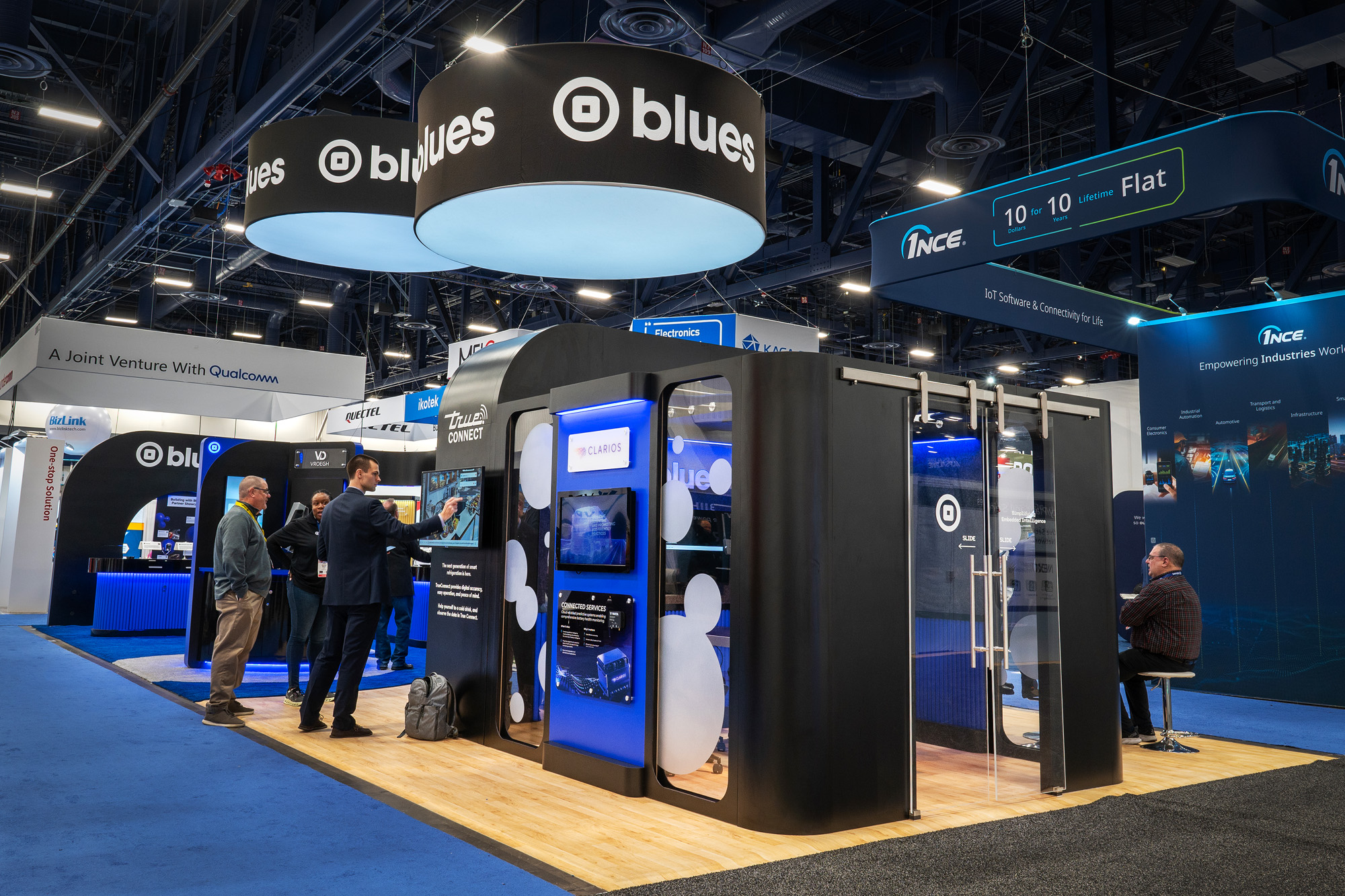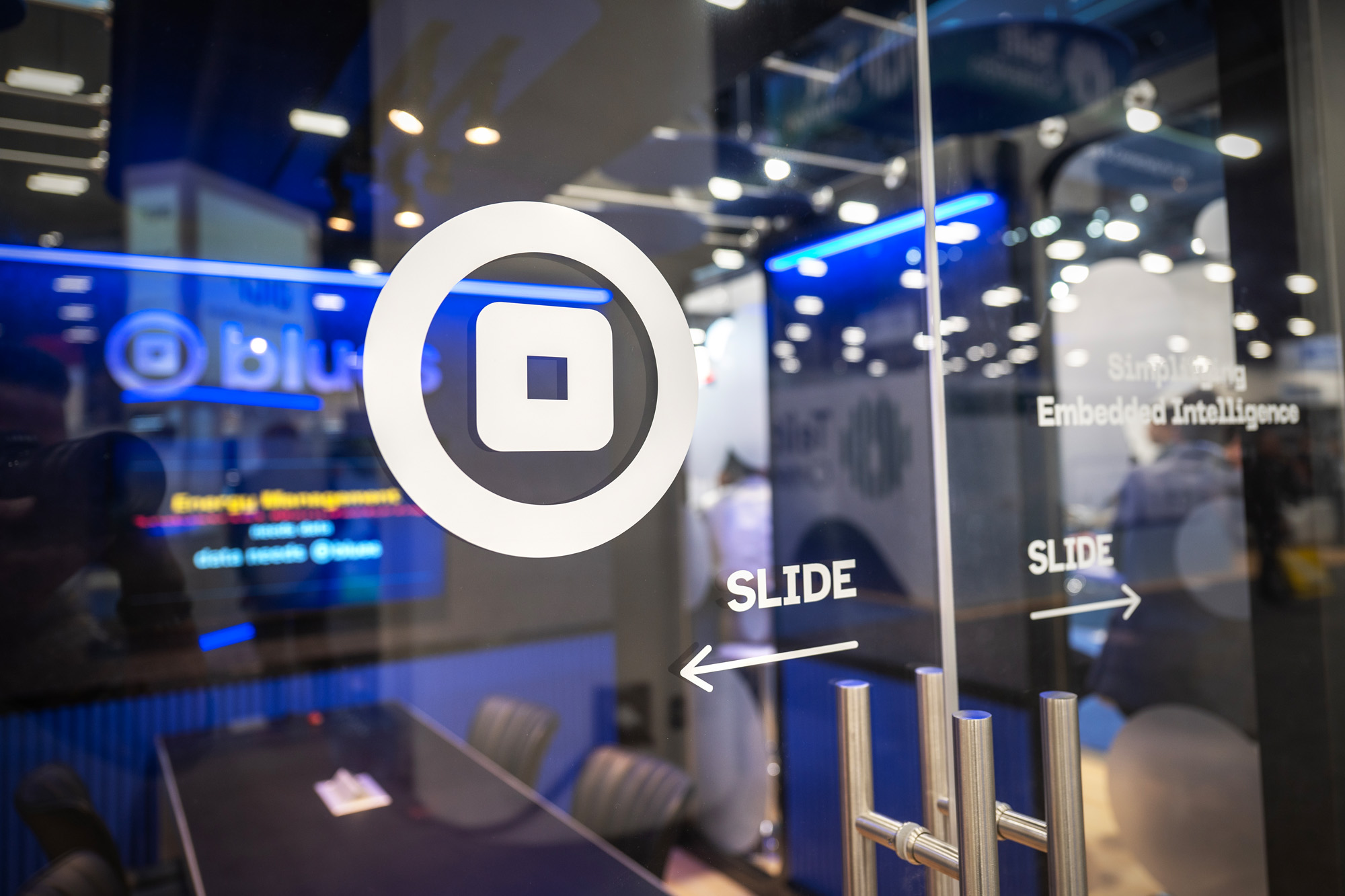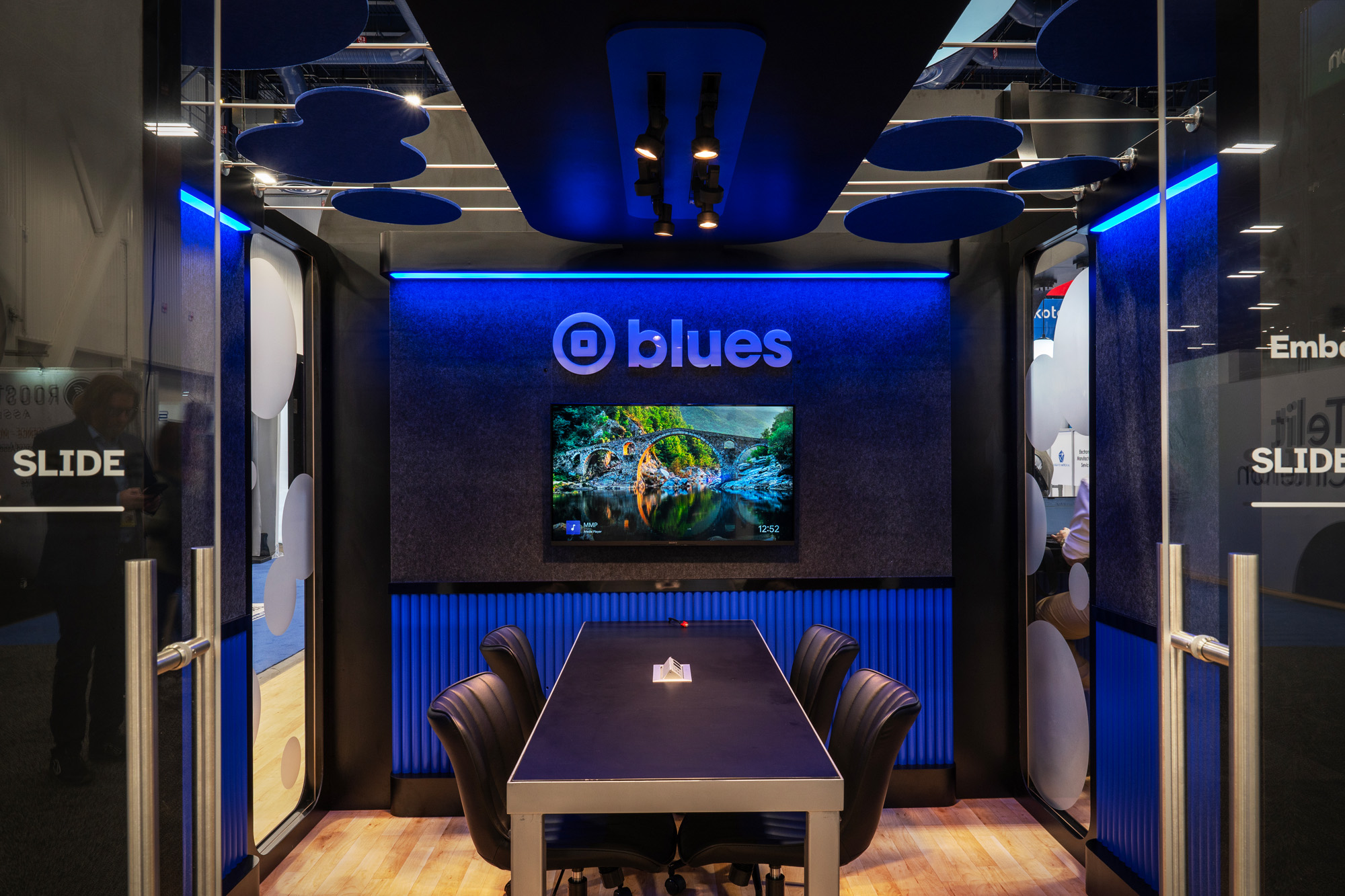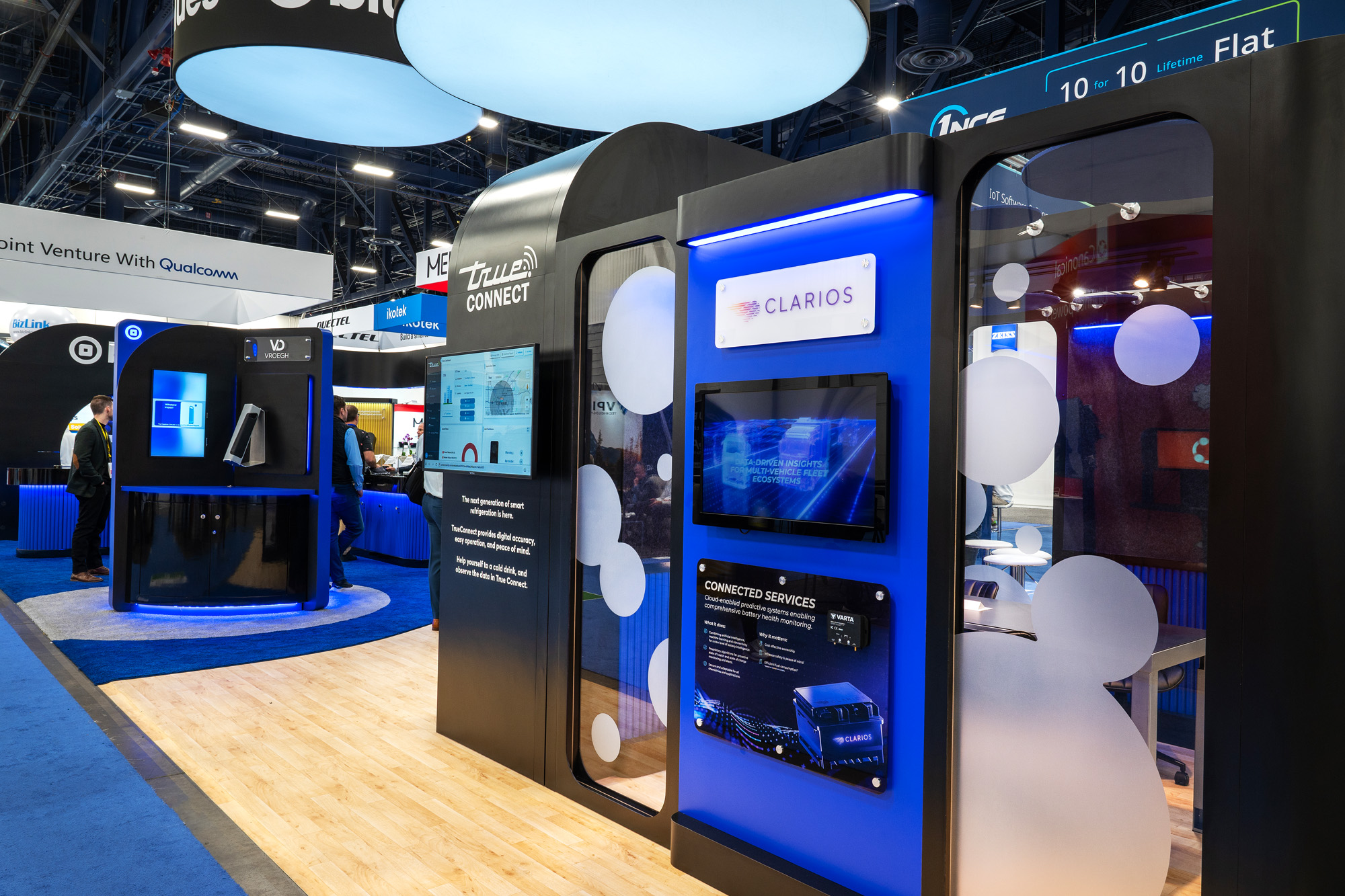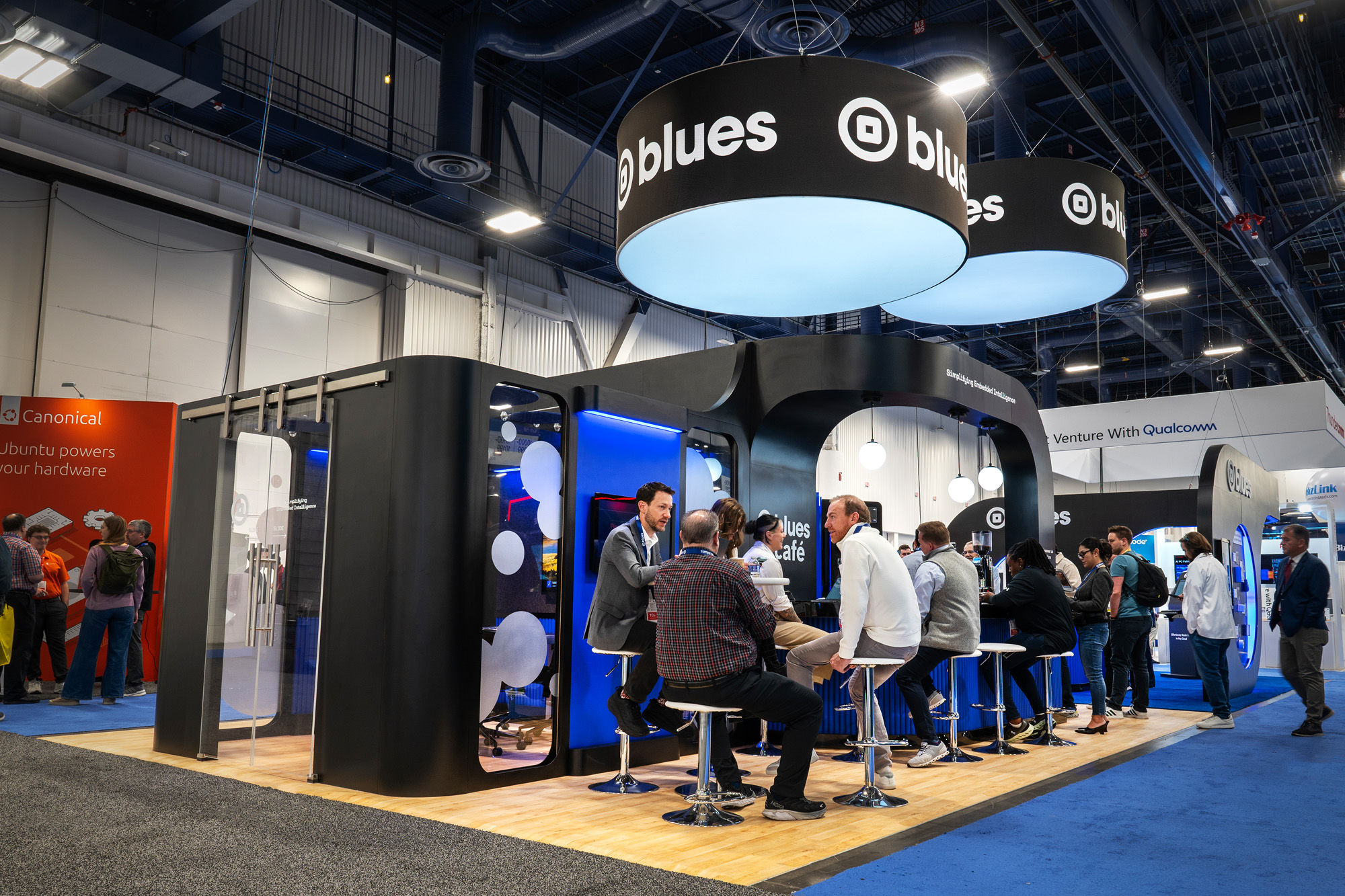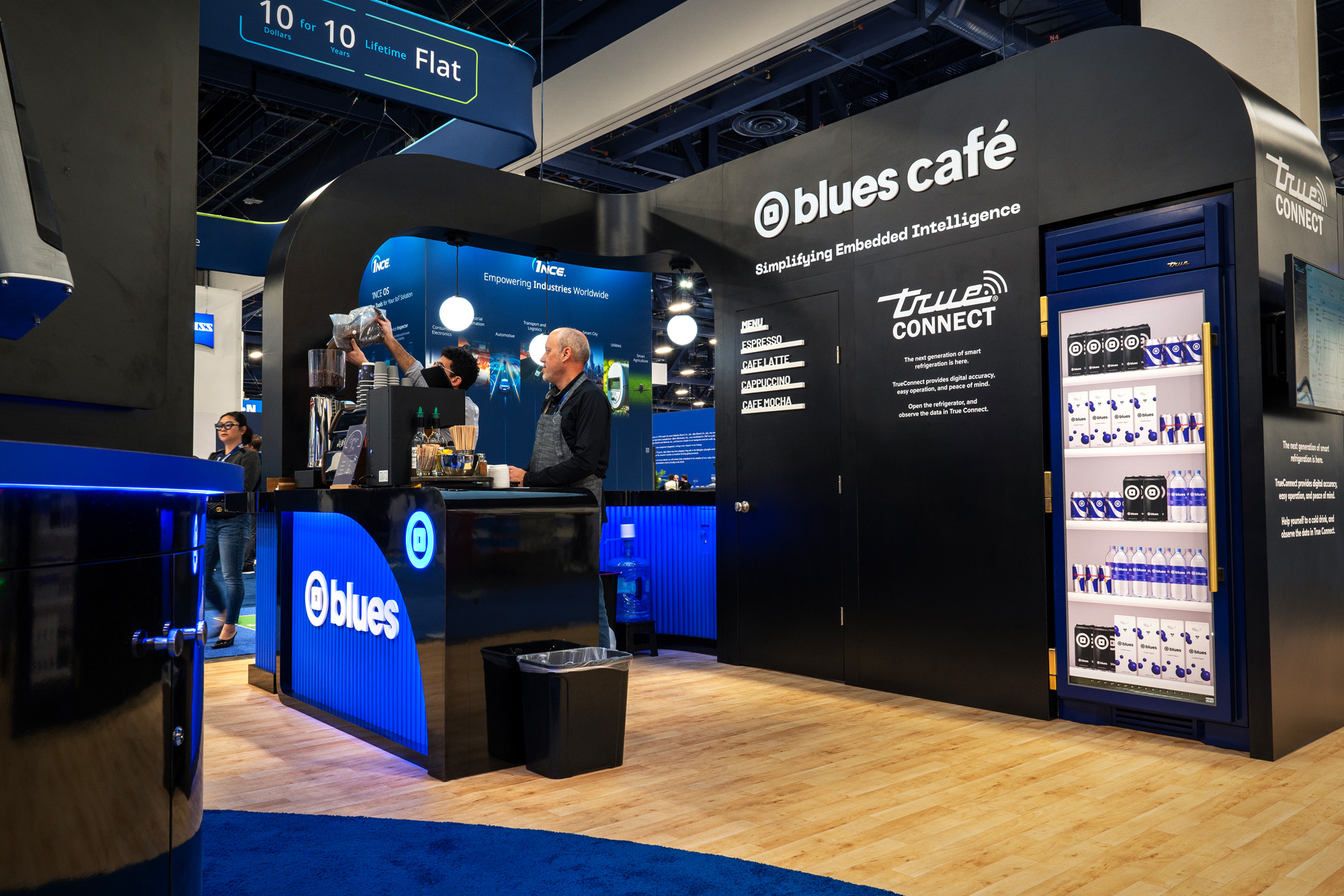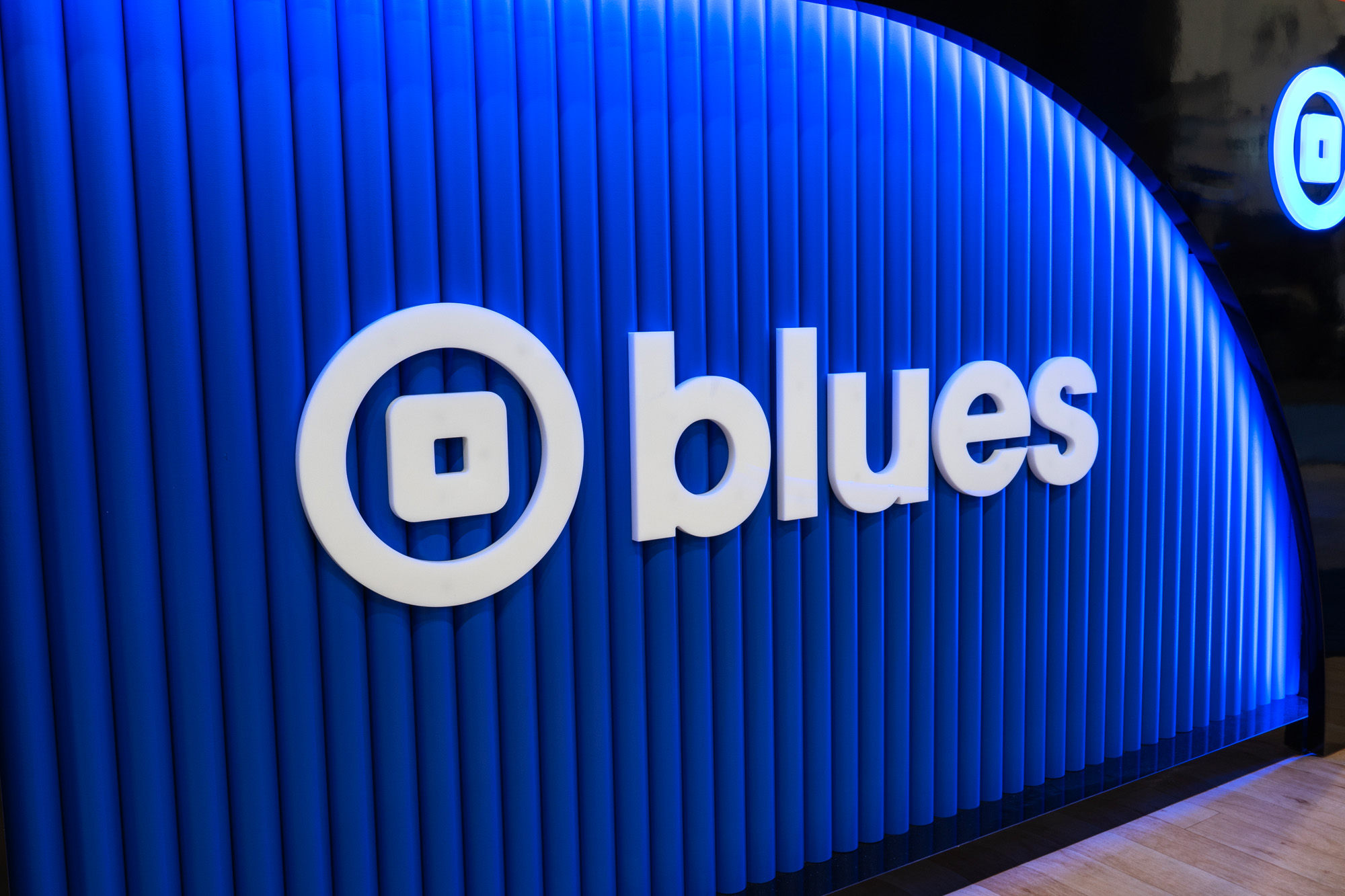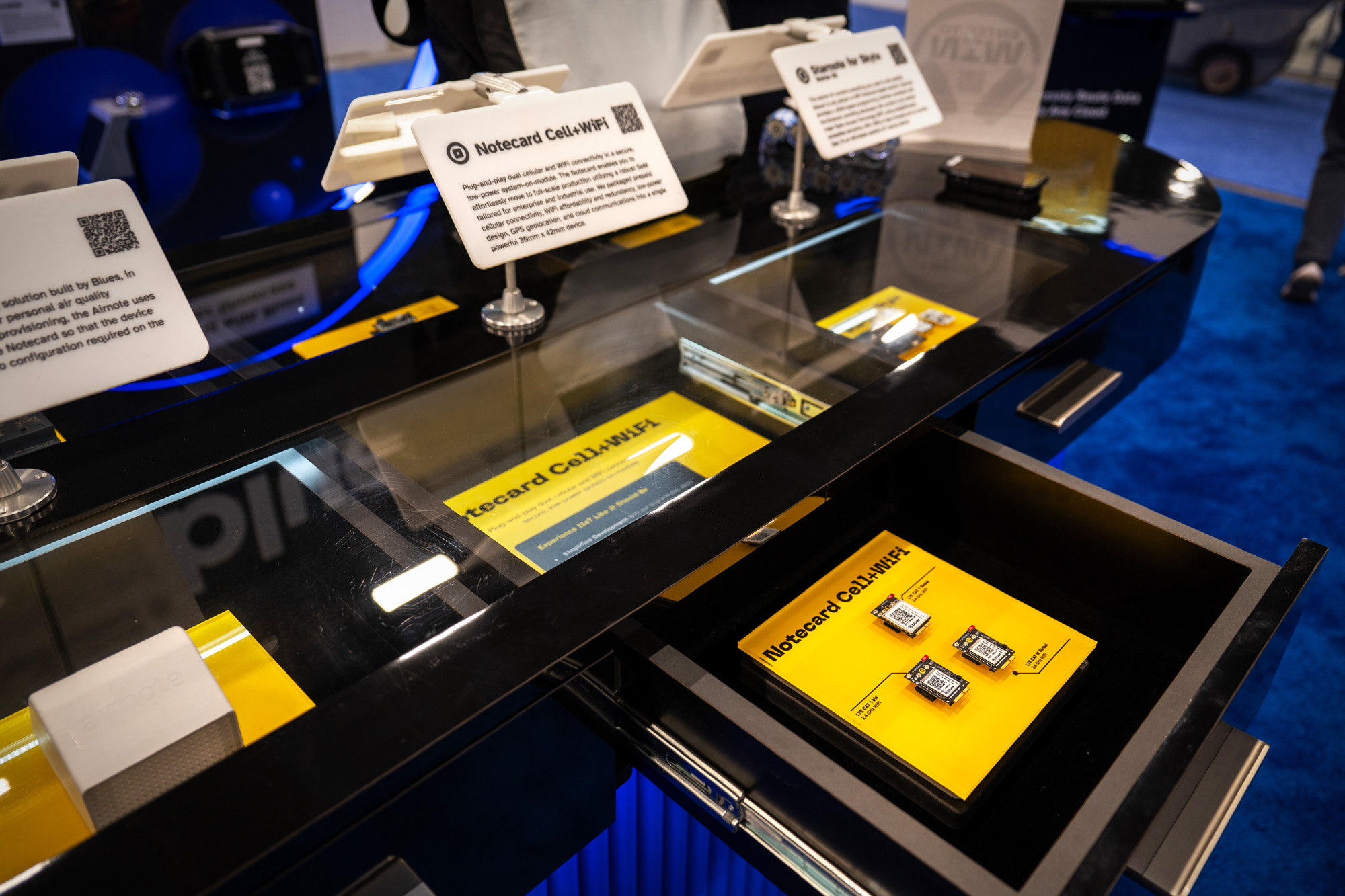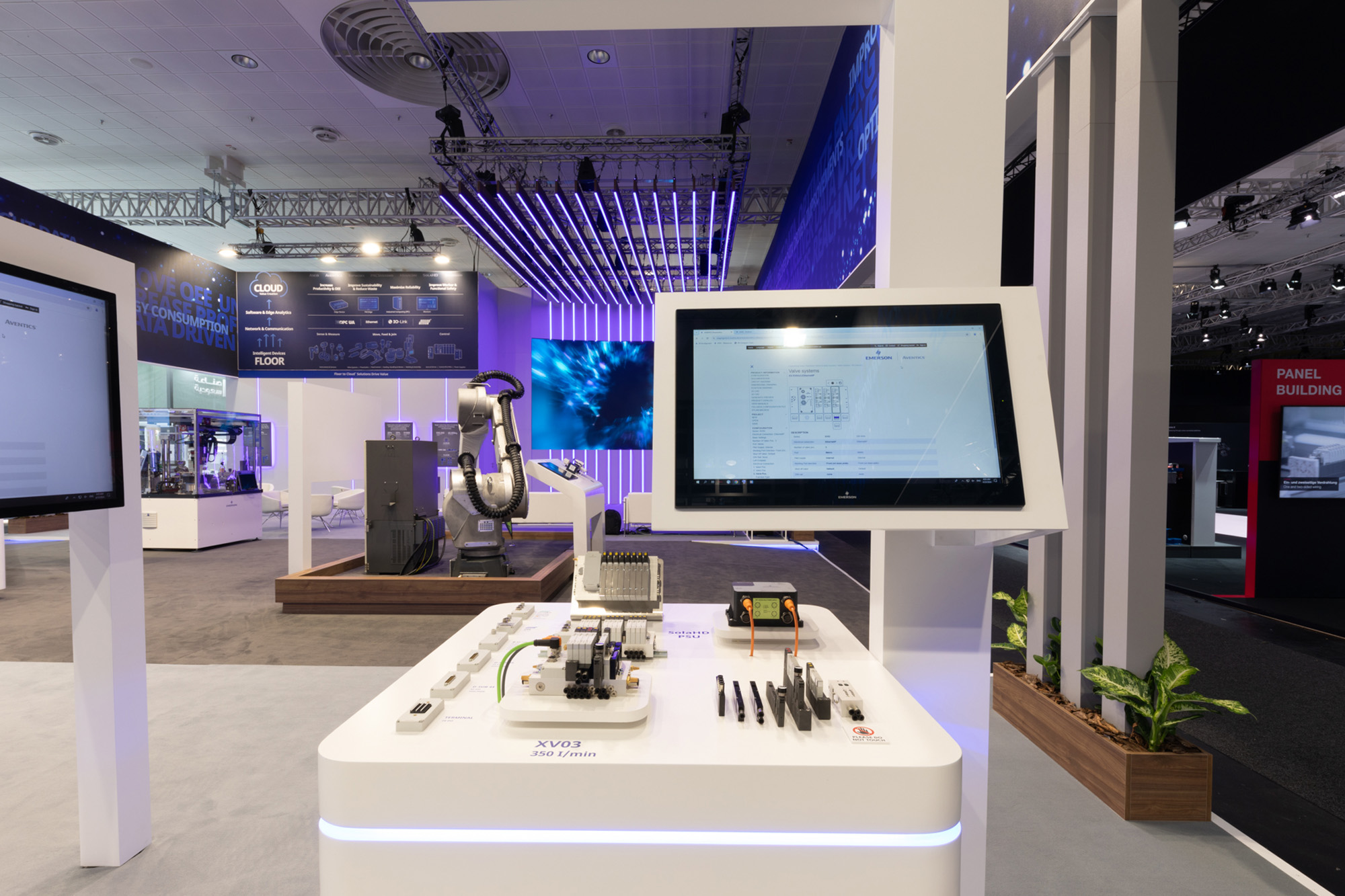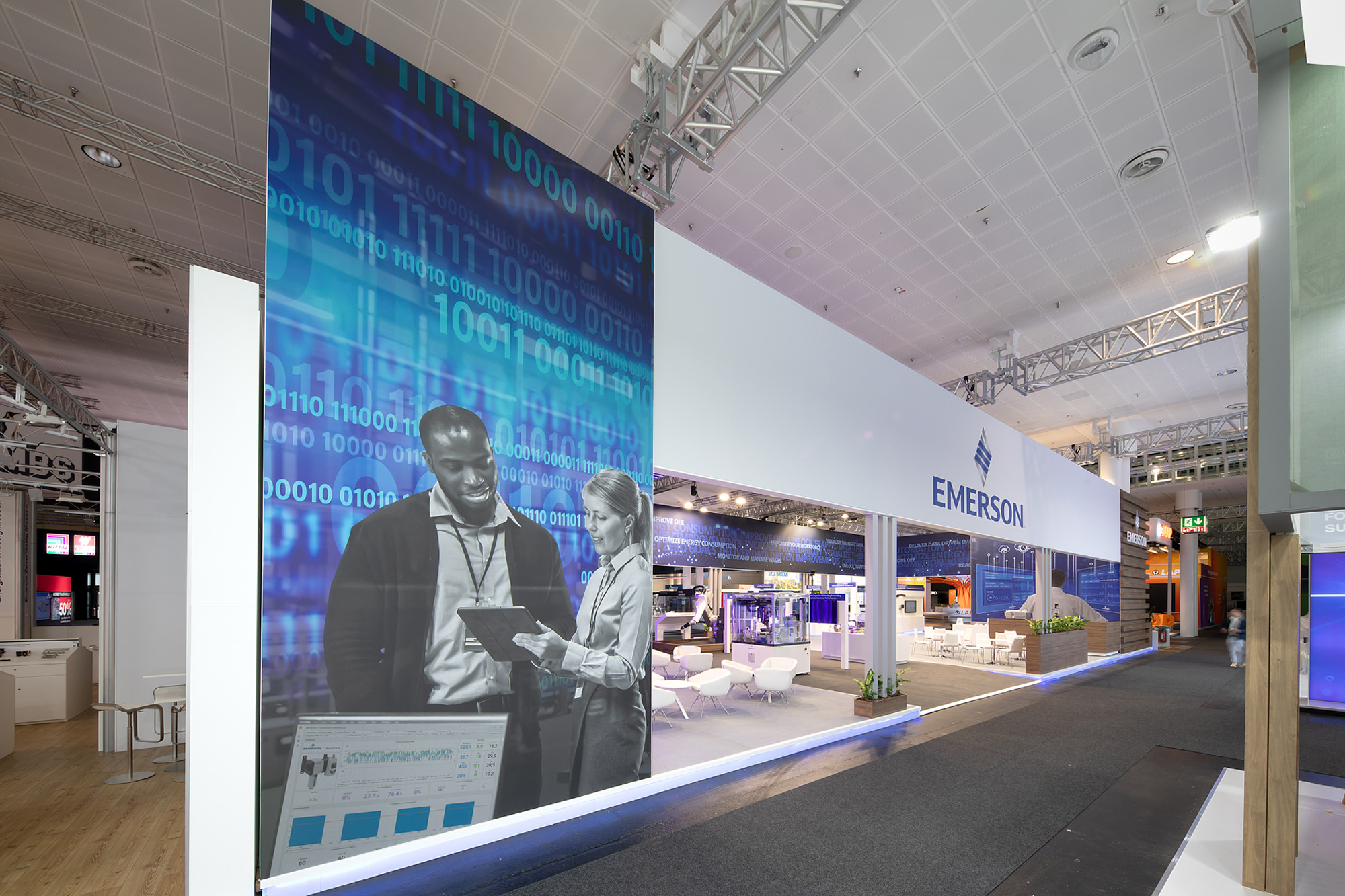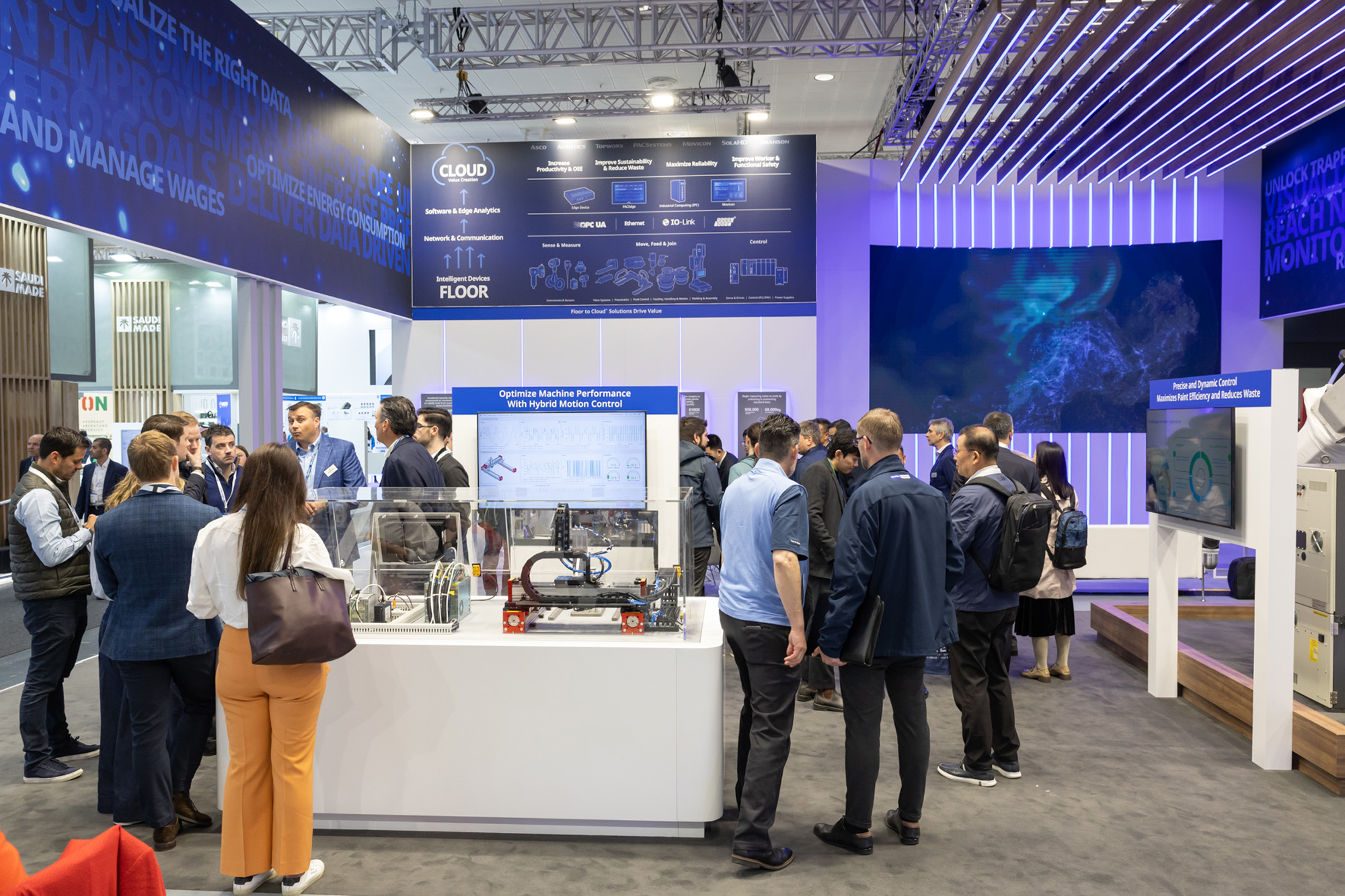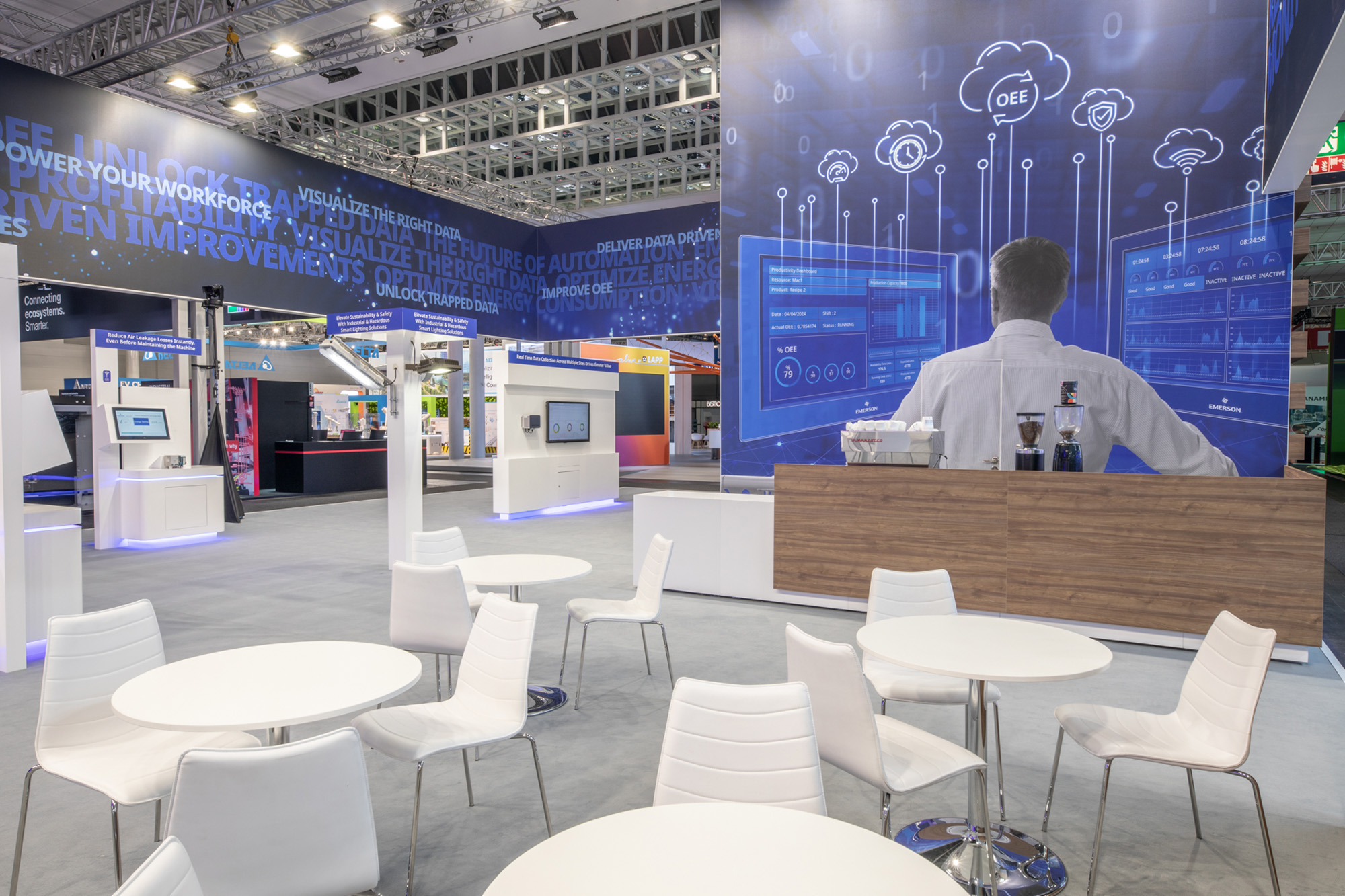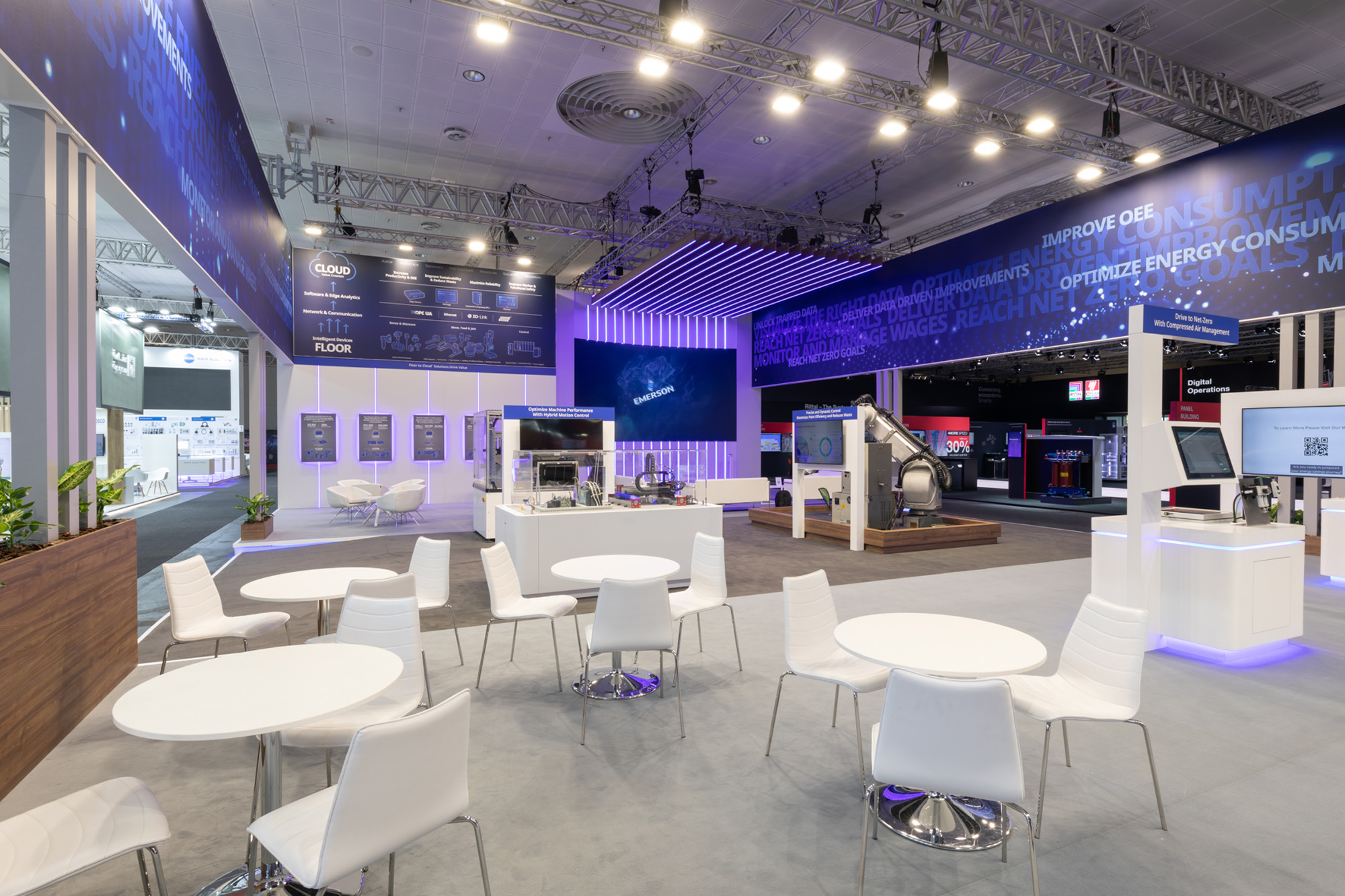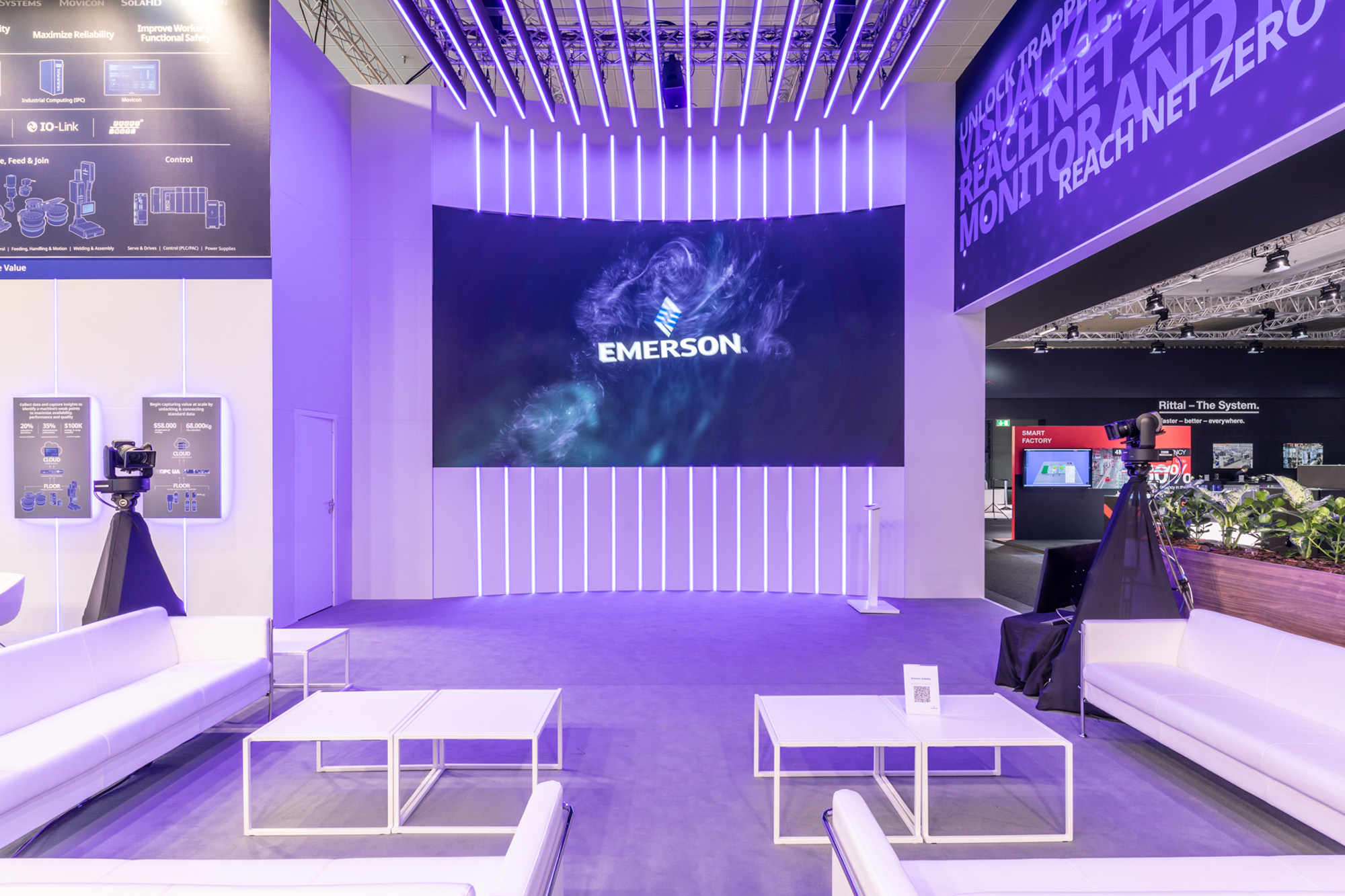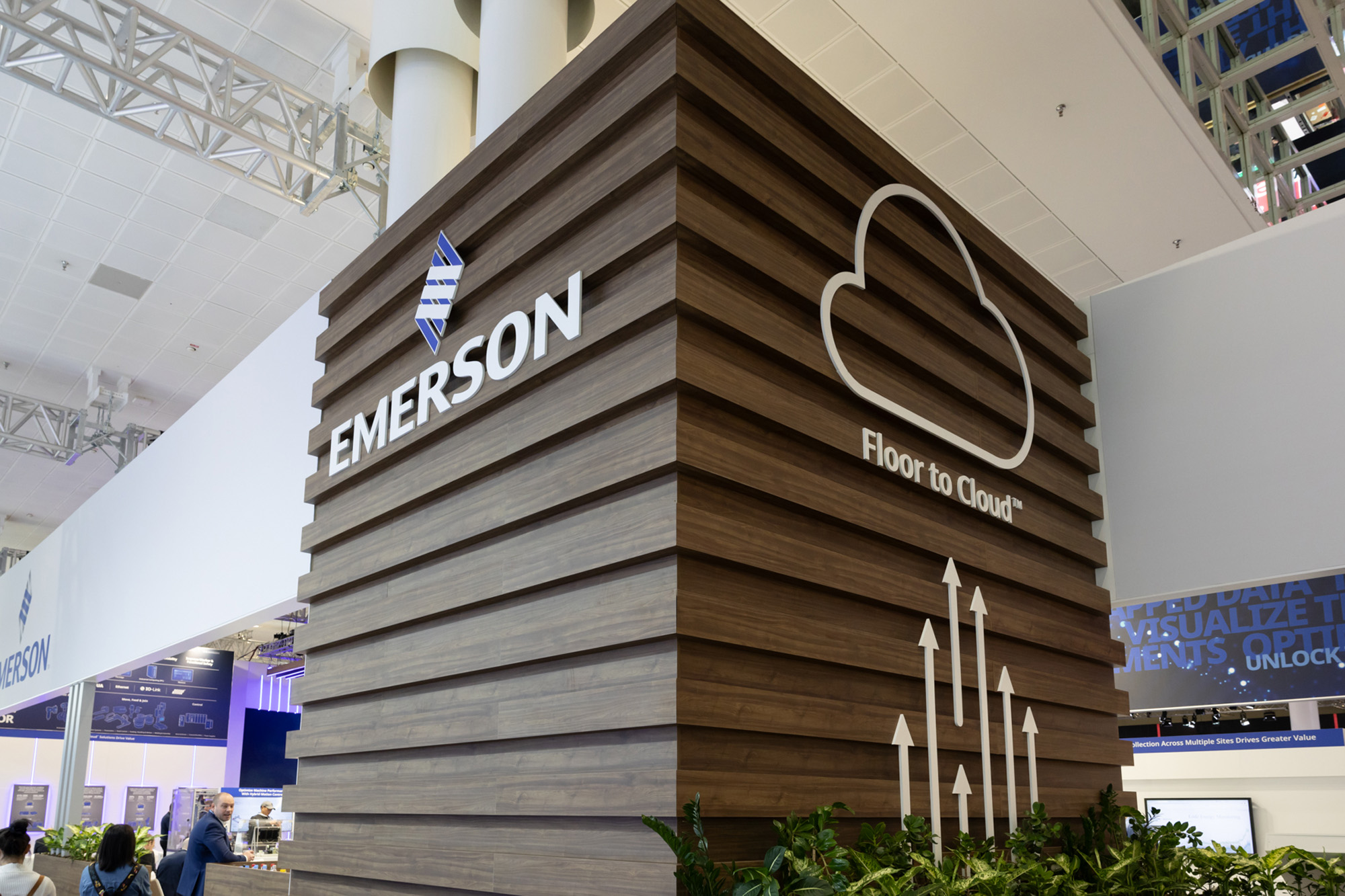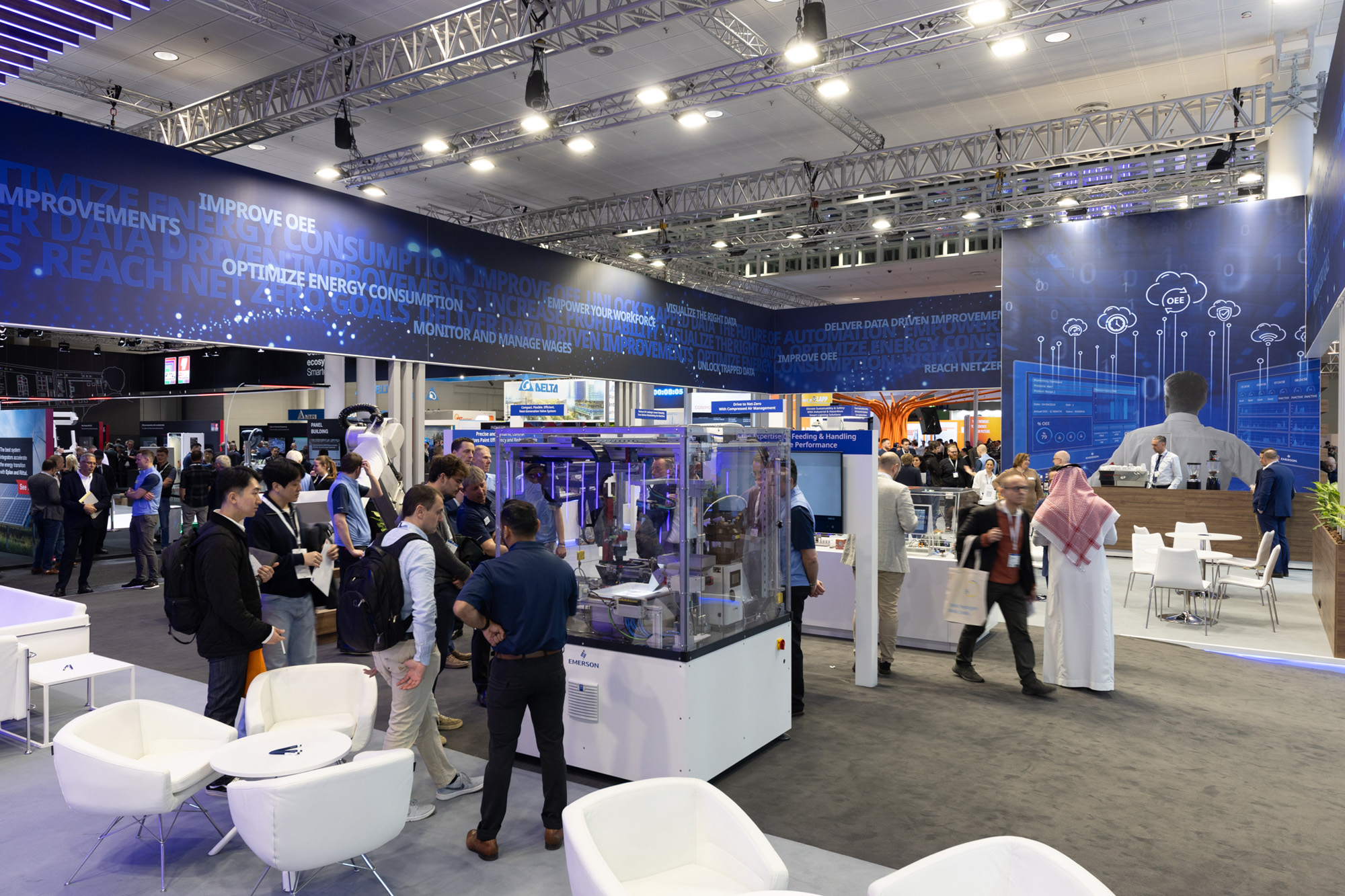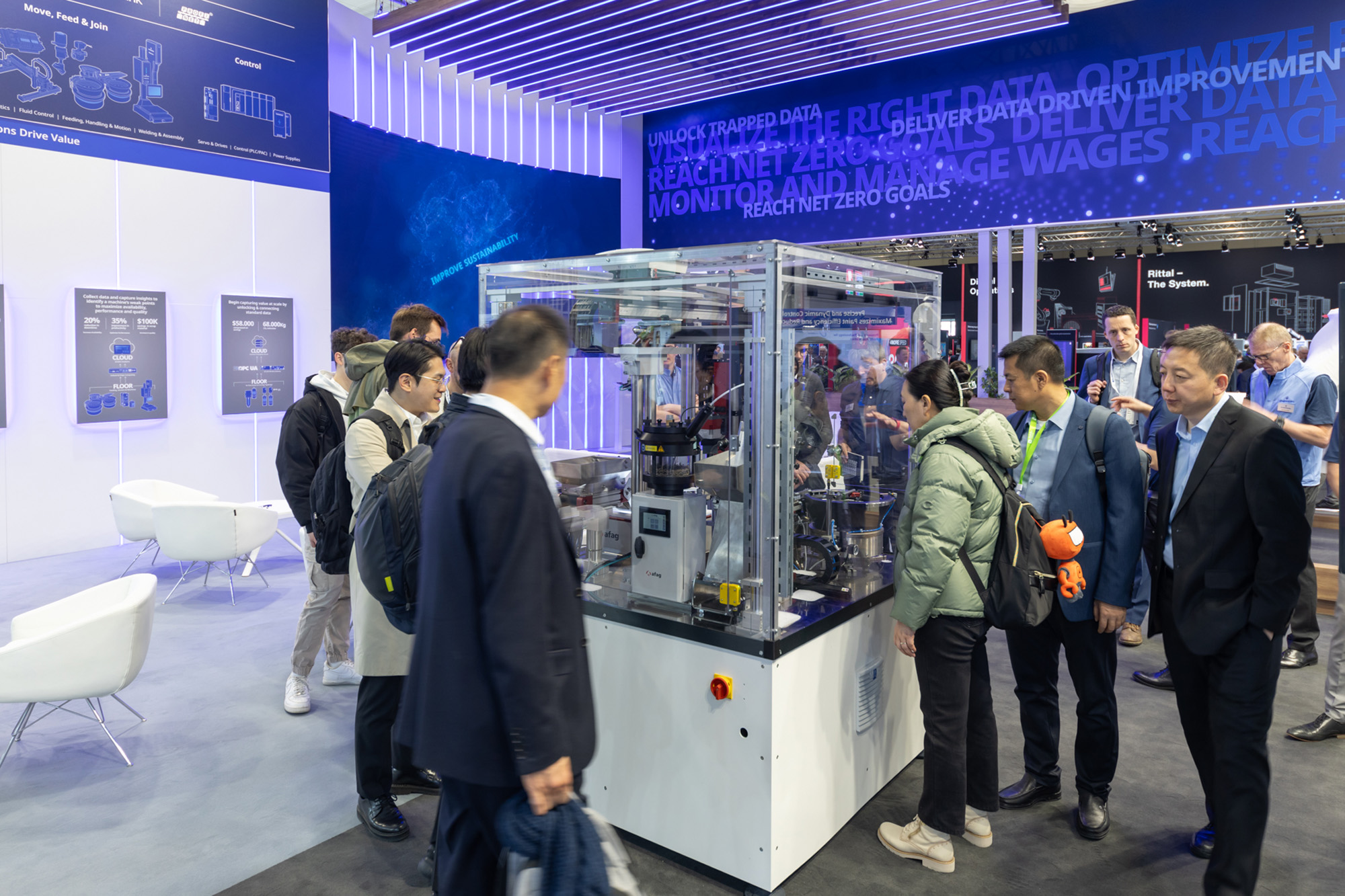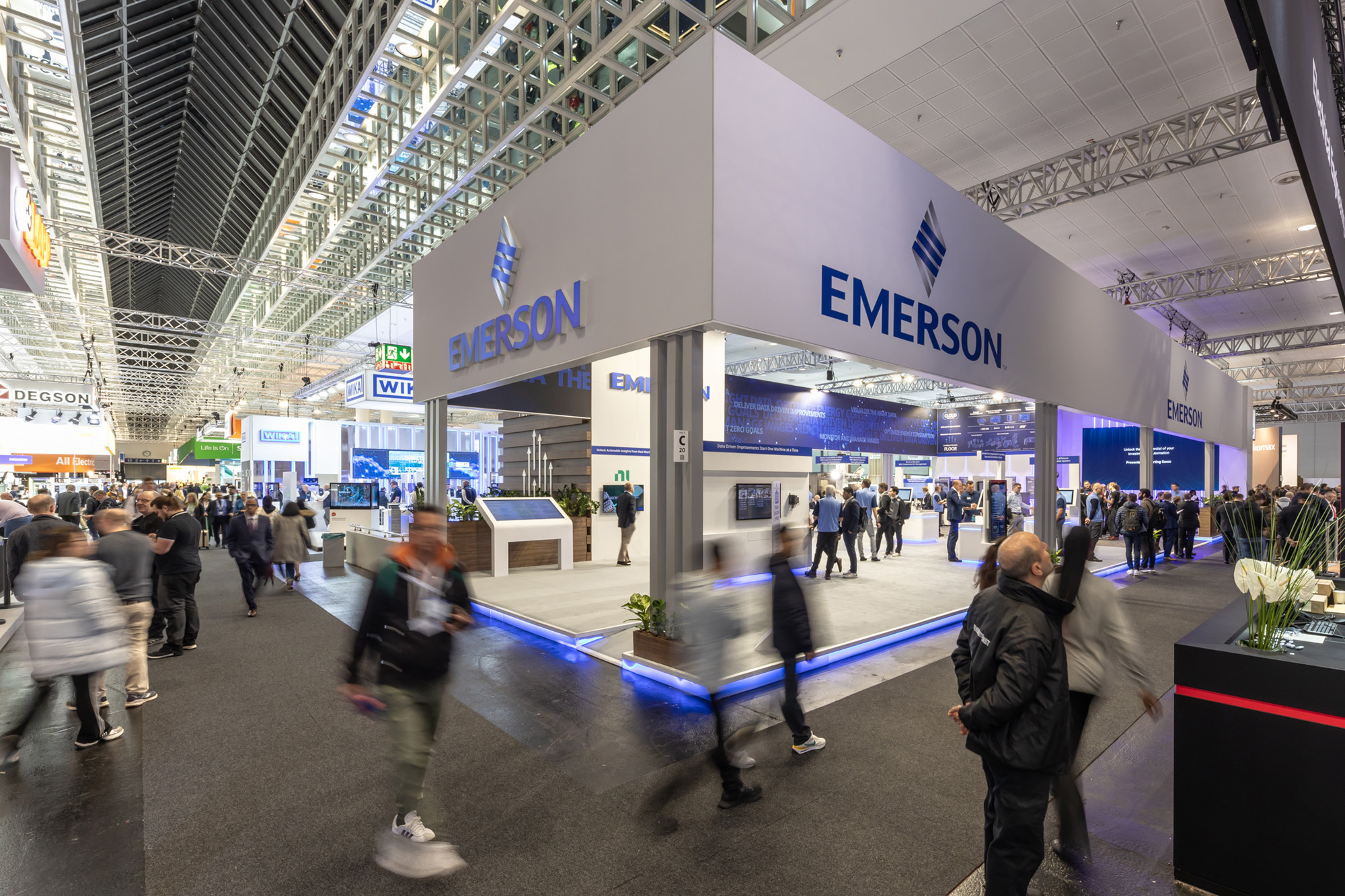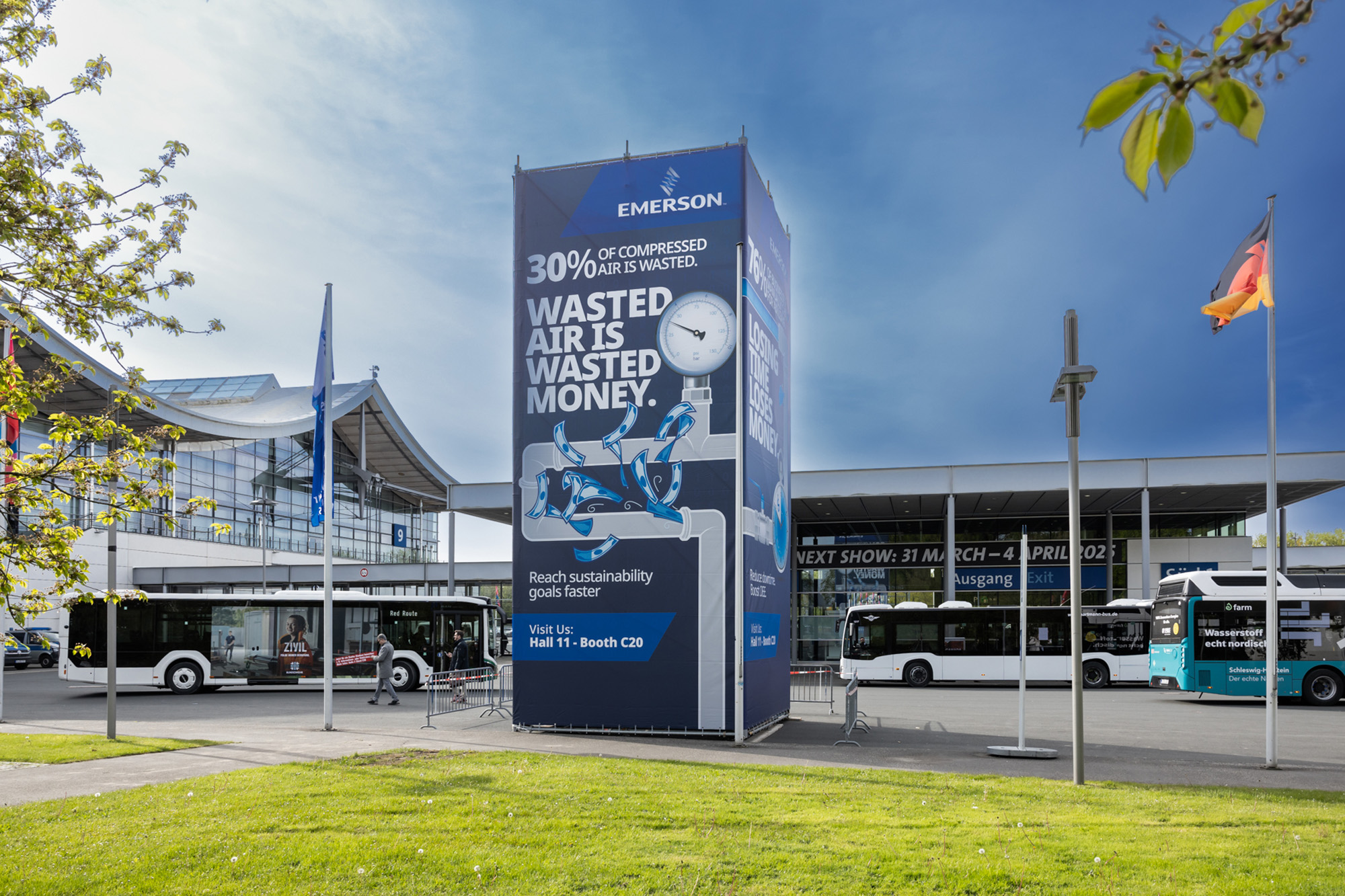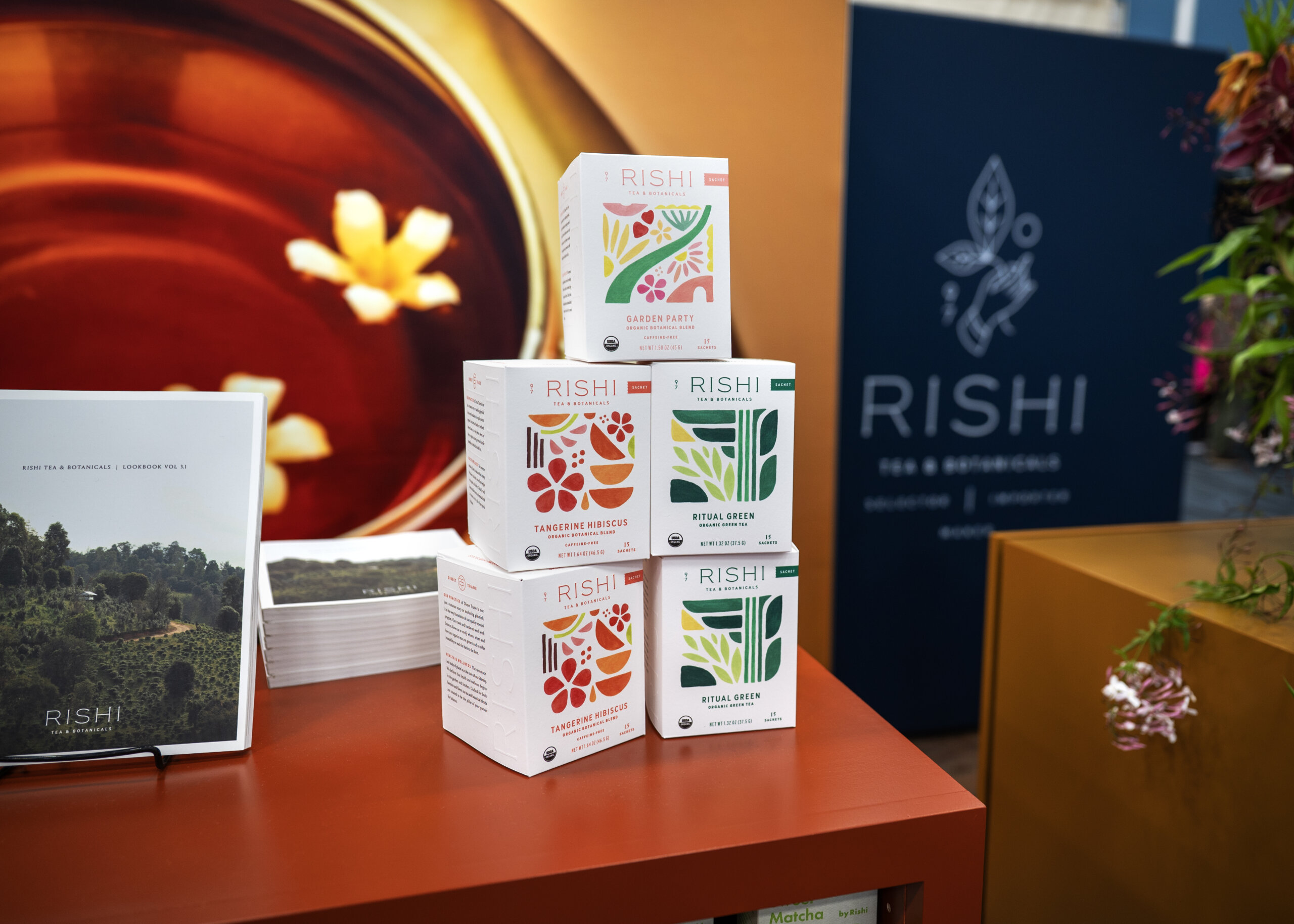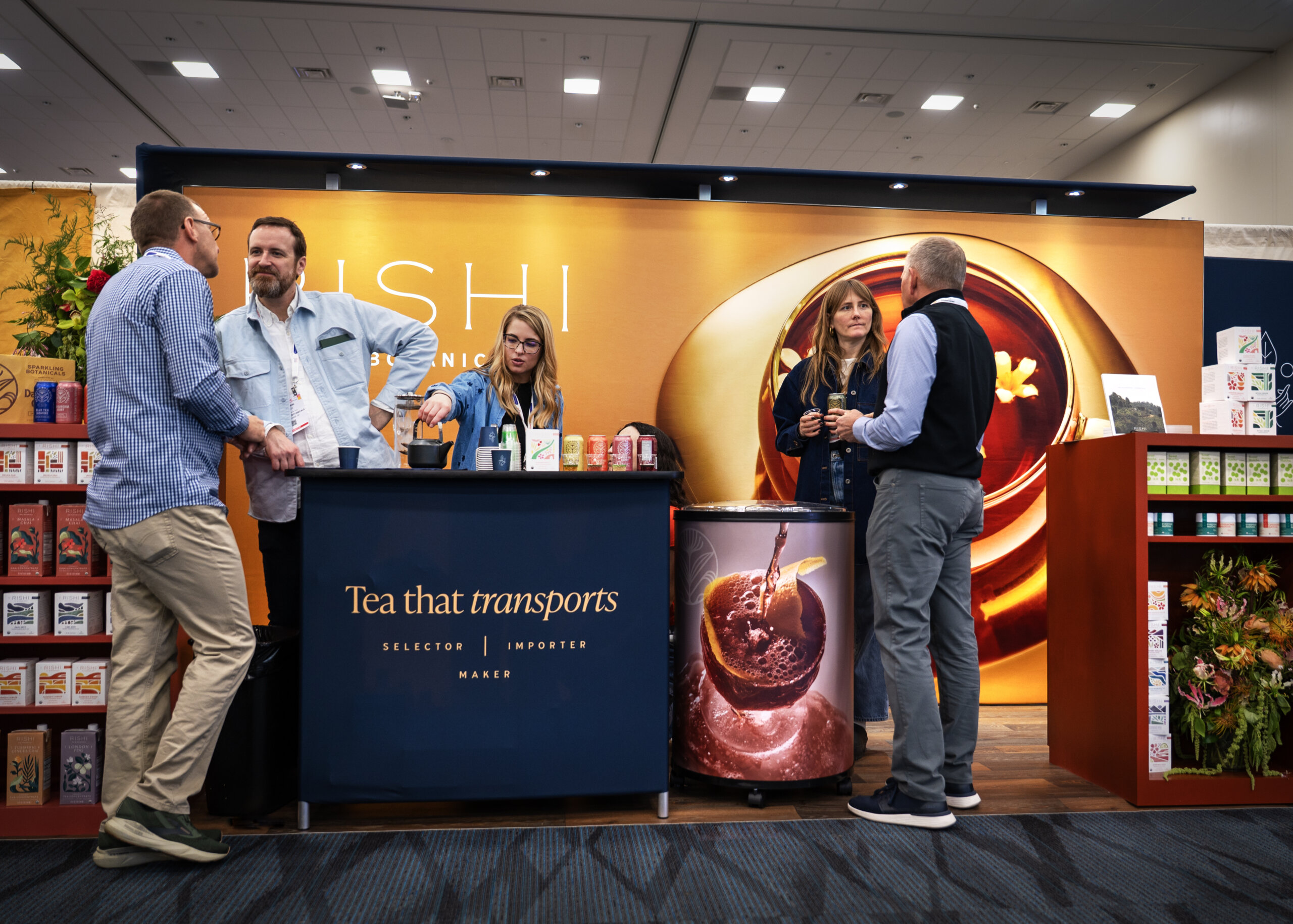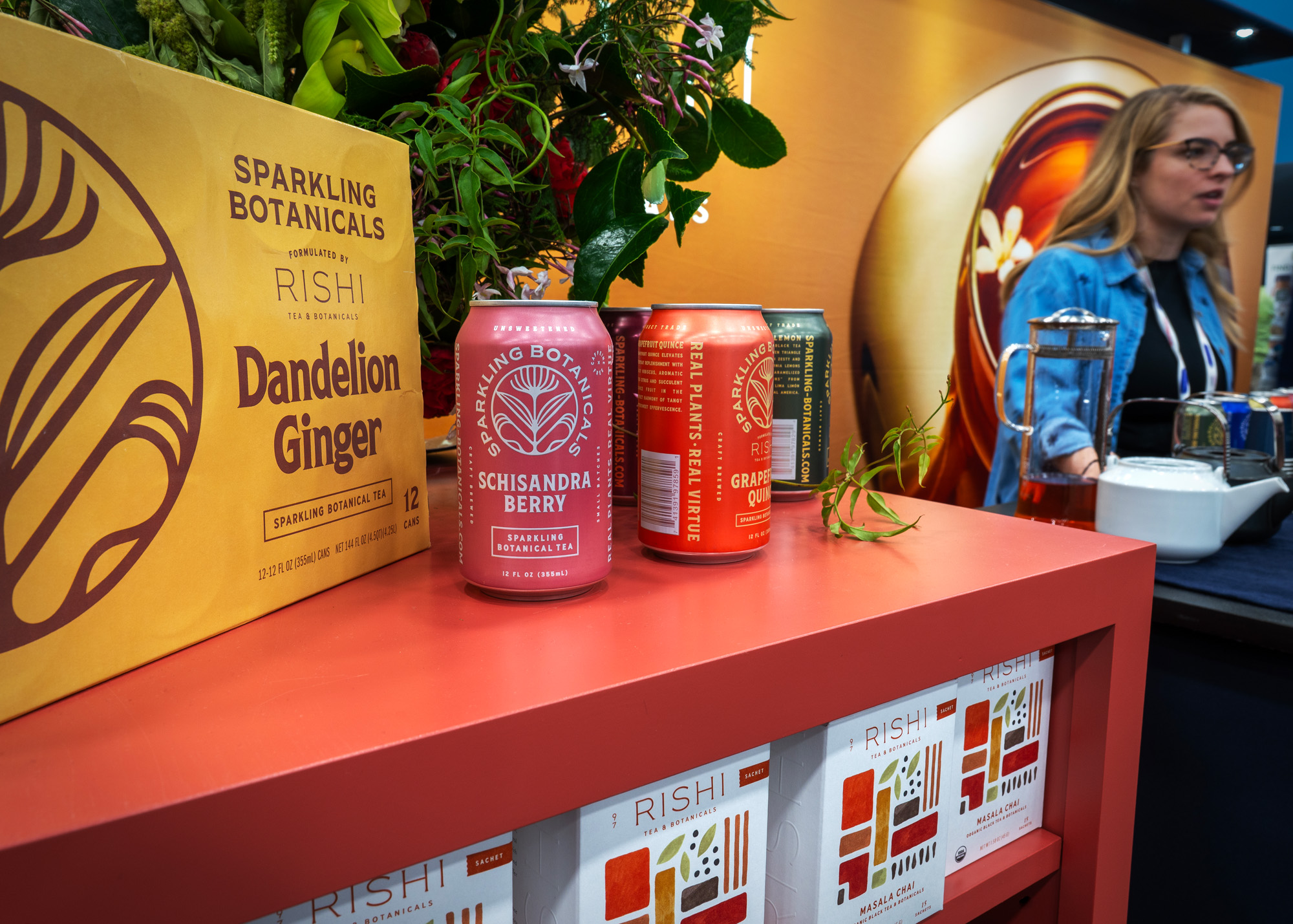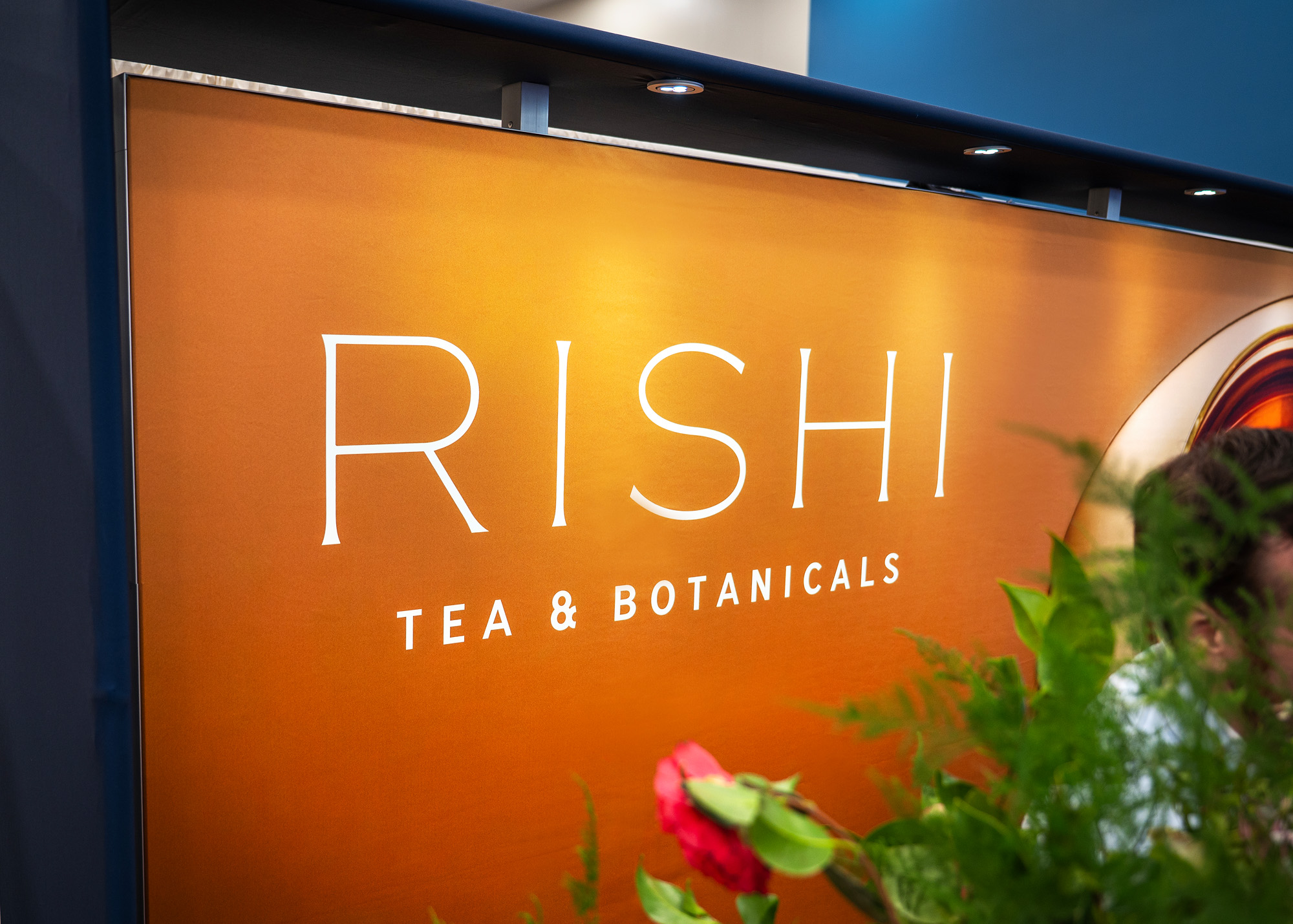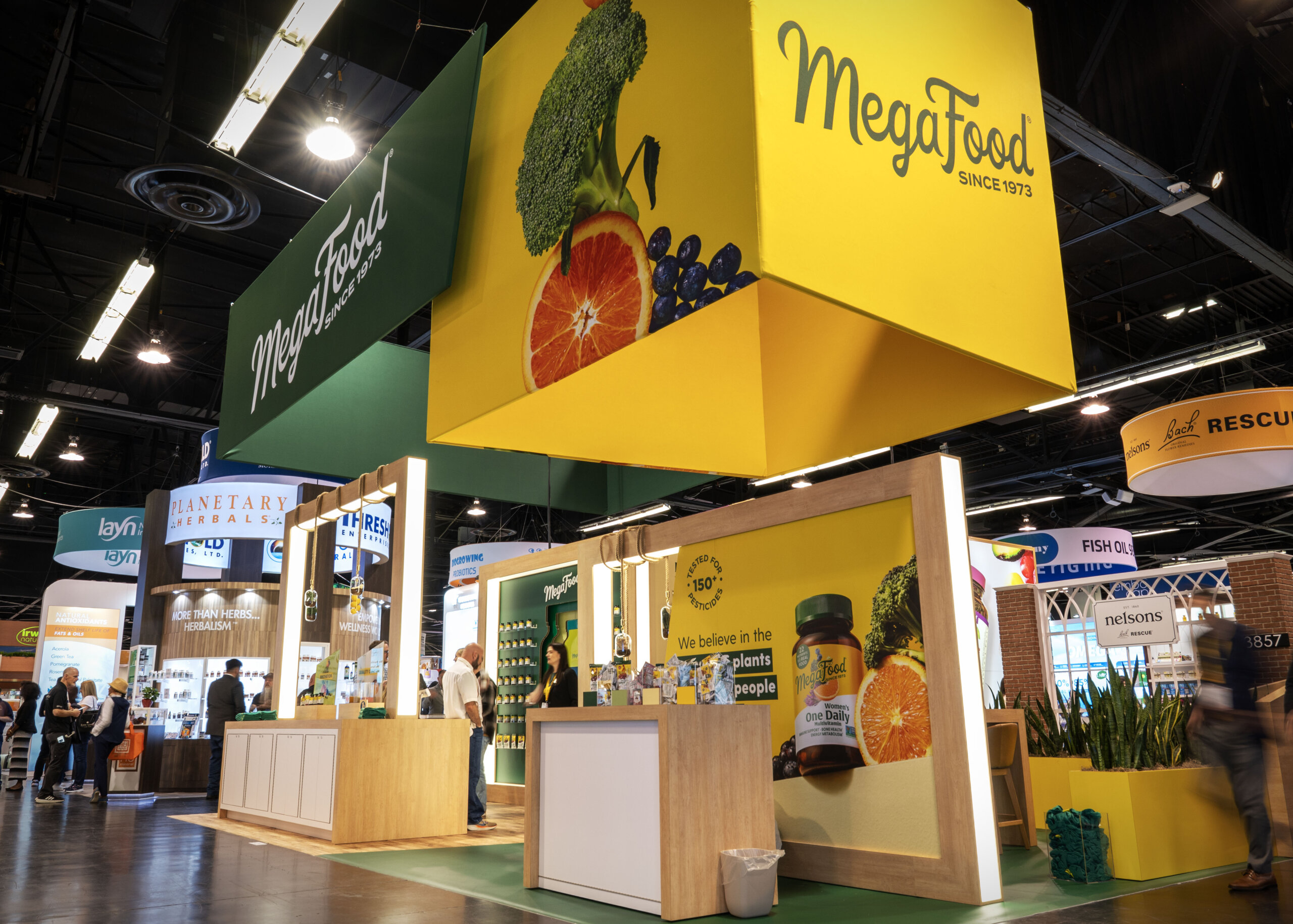
Table of Contents
-
Introduction
-
Chapter 1: Experiential design: crafting memorable moments
-
Chapter 2: Tech-driven interactivity: enhancing engagement
-
Chapter 3: Inclusive & accessible event design: expanding reach
-
Chapter 4: Storytelling and content integration
-
Chapter 5: Multi-use and multi-city strategies: maximizing ROI
-
Conclusion: The future of live events is personal, immersive and strategic
Introduction
Live events are growing fast, with an estimated 9.7% annual growth rate between 2024 and 2025 alone. Brands are investing in product launches, community events, investor meetings and expert panels—prioritizing face-to-face engagement to build loyalty and stand out.
Key factors like the economy, supply chain shifts, and attendee expectations shaped 2024’s event landscape, and new trends are emerging. Demand for immersive, tech-integrated experiences is soaring, while brands balance cost, flexibility, and marketing integration. Authenticity is also key, as digital fatigue drives attendees to seek meaningful, in-person interactions.
It’s an exciting time—86% of event managers plan to maintain or increase live events in 2025, exploring new formats from product showcases to expert-led micro-conferences. Let’s dive into what’s working and how you can apply these winning strategies to your events.
Chapter 1: Experiential design: crafting memorable moments
Today’s live events prioritize multi-sensory, immersive experiences over traditional information delivery. The goal: to create emotional connections that last far beyond the event itself.
- Custom fabrication, theming and stage design: Brands are creating unique brand activations to ensure that every experience aligns with their vision, whether it’s a high-energy sports activation or a sophisticated luxury showcase. Branded backdrops, podiums, signage and stage designs further reinforce identity and enhance storytelling. Strategic stage elements—such as modular setups, bold visuals, and immersive scenic designs—keep audiences engaged while delivering impactful messaging.
- Sensory-driven environments: Dynamic lighting, curated soundscapes, scent branding, and tactile activations deepen audience engagement. A soda brand launch, for example, could incorporate the sound of a can popping, the scent of citrus, and an interactive experience mimicking carbonation bubbles rising around attendees.
- Outdoor activations. More brands are moving beyond traditional venues and incorporating outdoor events to create fresh, open-air experiences. From large-scale festivals to branded pop-up activations in public spaces, outdoor events offer a unique way to engage audiences in less-conventional settings.
- Hospitality-driven experiences. Companies are integrating hospitality components into their events to enhance attendee comfort and engagement. VIP lounges, premium food and beverage offerings, and relaxed networking areas create a welcoming atmosphere that encourages meaningful conversations.
Chapter 2: Tech-driven interactivity: enhancing engagement
Making events accessible—both physically and digitally—demonstrates a brand’s commitment to inclusivity. Accessible events also help improve the ROI of events by inviting a wider range of individuals and helping to expand their reach and visibility.
- Hybrid & virtual access. Even as in-person events dominate, hybrid options remain essential. Brands are leveraging live streaming, virtual networking lounges, and on-demand content to extend event value beyond the physical space.
- AI translation & sensory spaces. AI-driven live captioning, real-time translation, sign language interpretation, and sensory-friendly spaces create more inclusive environments for diverse audiences.
- Accessibility-first design. Thoughtful elements like wheelchair-accessible layouts, clear wayfinding, and inclusive session content enhance the experience for all attendees. These professional touches don’t just accommodate specific needs—they elevate the overall event experience.
Chapter 3: Inclusive & accessible event design: expanding reach
Making events accessible—both physically and digitally—demonstrates a brand’s commitment to inclusivity. Accessible events also help improve the ROI of events by inviting a wider range of individuals and helping to expand their reach and visibility.
- Hybrid & virtual access. Even as in-person events dominate, hybrid options remain essential. Brands are leveraging live streaming, virtual networking lounges, and on-demand content to extend event value beyond the physical space.
- AI translation & sensory spaces. AI-driven live captioning, real-time translation, sign language interpretation, and sensory-friendly spaces create more inclusive environments for diverse audiences.
- Accessibility-first design. Thoughtful elements like wheelchair-accessible layouts, clear wayfinding, and inclusive session content enhance the experience for all attendees. These professional touches don’t just accommodate specific needs—they elevate the overall event experience.
Chapter 4: Storytelling and content integration
Live events aren’t just about showing up—they’re about telling a compelling story. Attendees crave education, entertainment, and inspiration, and brands that master narrative-driven experiences see stronger engagement and recall.
- Narrative-driven experiences. The most impactful events weave brand messaging into every touchpoint—from keynote speeches to interactive exhibits. When done well, attendees leave not just with information, but a story to share.
- Multi-format content. Including a mix of live panels, behind-the-scenes social content, and interactive elements enhances event impact and extends reach beyond the in-person audience.
- Emotional impact. Moments of emotional resonance drive deeper audience connections, strengthening brand loyalty and increasing post-event engagement. Whether it’s highlighting customer success stories, showcasing industry challenges, or revealing breakthrough innovations, emotional resonance turns attendees into brand advocates.
Chapter 5: Multi-use and multi-city strategies: maximizing ROI
With rising costs, brands are looking for ways to extend the impact of their live event investments through smart, scalable approaches. But logistics play a critical role—efficient freight management, streamlined installation and smooth dismantle processes can make or break an event’s success. Flexibility is key, ensuring that event setups can adapt to varying venue requirements, schedules and constraints.
- Modular design. Events are increasingly designed with reusability in mind. Modular setups allow brands to scale and adapt their presence across different locations and audiences without extensive redesigns.
- Regional adaptations. Customizing content and experiences to align with regional markets ensures greater relevance, engagement, and brand resonance. This can be as simple as the visuals, color schemes or supporting soundscapes or technologies used. A brand can easily customize its creative to speak to a coastal New England audience or a mid-western audience with imagery and messaging that reflects their surroundings and feels personalized, customized, and compelling.
- Scalable brand activations. Businesses can optimize event logistics, fabrication, and execution with a strategy designed for multi-use activations. From freight coordination to efficient unload, install and dismantle processes, a well-planned approach ensures seamless execution while reducing time and costs. By creating adaptable experiences that maintain consistent storytelling across events, brands can maximize production investments while ensuring seamless, high-quality execution across multiple markets.
Conclusion: The future of live events is personal, immersive and strategic
The live events landscape is evolving fast. Brands that embrace interactivity, immersive storytelling, inclusivity, and strategic event planning will lead the way.
As in-person engagement surges, the most successful brands won’t just host events—they’ll craft experiences that resonate long after attendees leave. Surprise, buzz, and anticipation will be key, keeping audiences engaged and eager to see what’s next. By leveraging technology, designing for inclusivity, and prioritizing multi-touchpoint strategies, you can create events that don’t just attract audiences—but inspire them.
Are you ready to rethink your live event strategy for 2025? Now’s the time to innovate, experiment, and elevate your approach to stand out in an increasingly competitive landscape.
Deeper dive.
Discover our library of expert insights, best practices, and experiential marketing tips and tricks to keep you in the know and ahead of the crowd.
InsightsSustainability in Action
The Strategic Edge
The Power of Creative Strategy

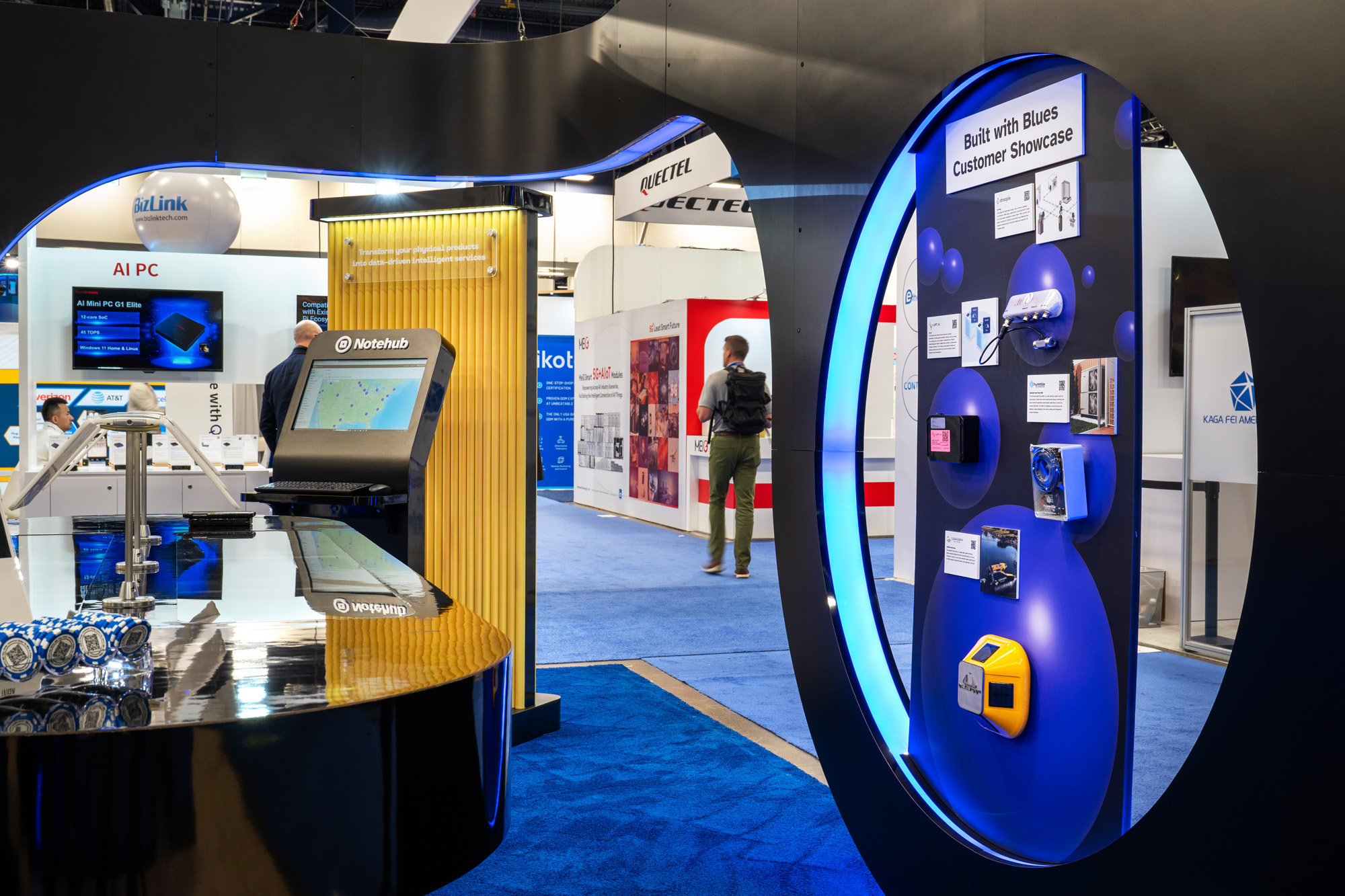
Blues
A smart, hospitality-driven space that sparked 2,500+ conversations through focused meetings, hands-on demos, and thoughtful design.
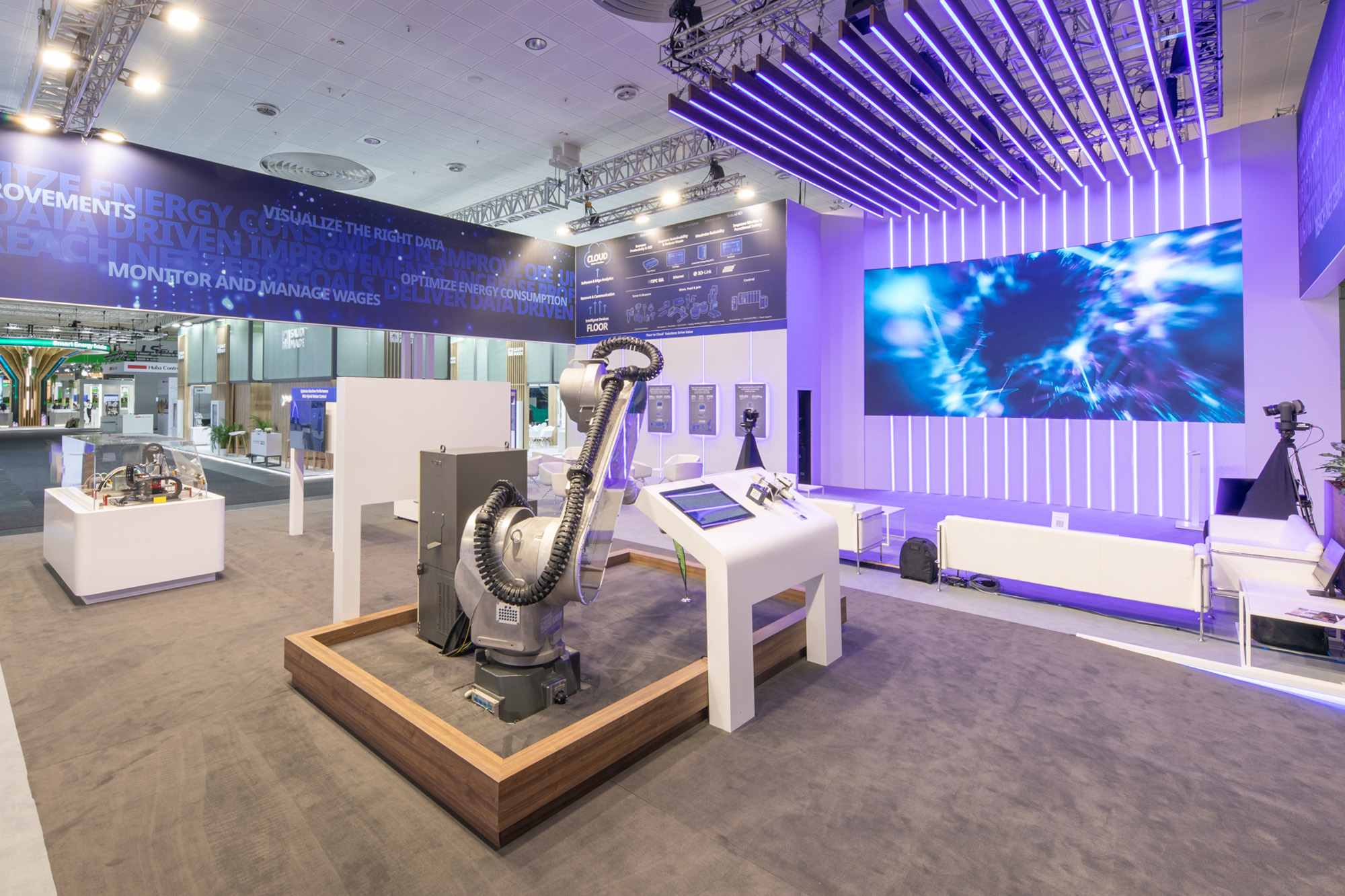
Emerson
Solutions on an international scale. Emerson at Hannover Messe 2024.
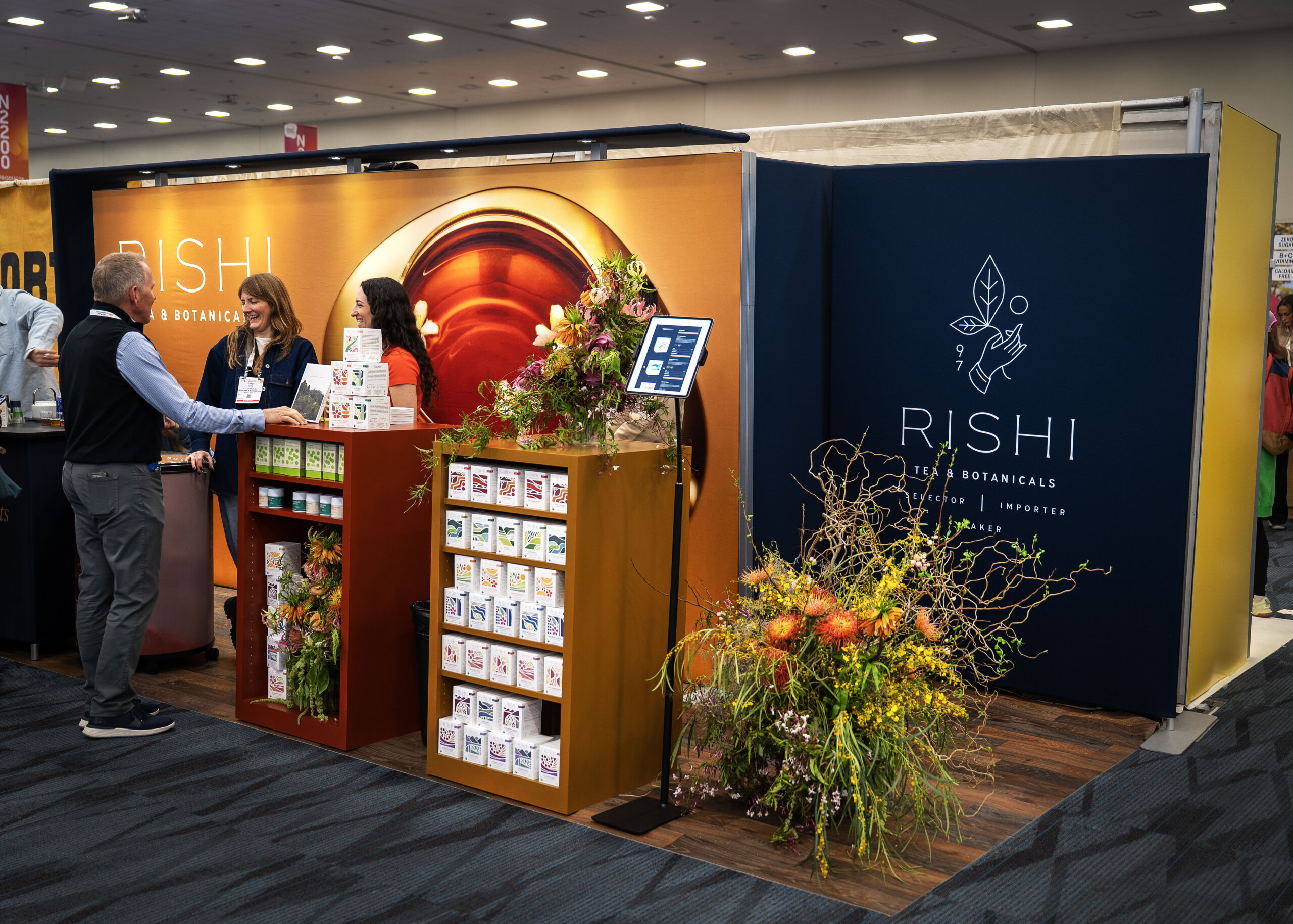
Rishi Tea
A fresh brand presence brought to life through modular design, vibrant storytelling, and seamless logistics that let Rishi focus on what mattered—tea and connection.
Let’s connect.
We are here to transform every space into an amazing story. Call, email, or chat with us anytime to learn more.
Email us
Call
"*" indicates required fields


